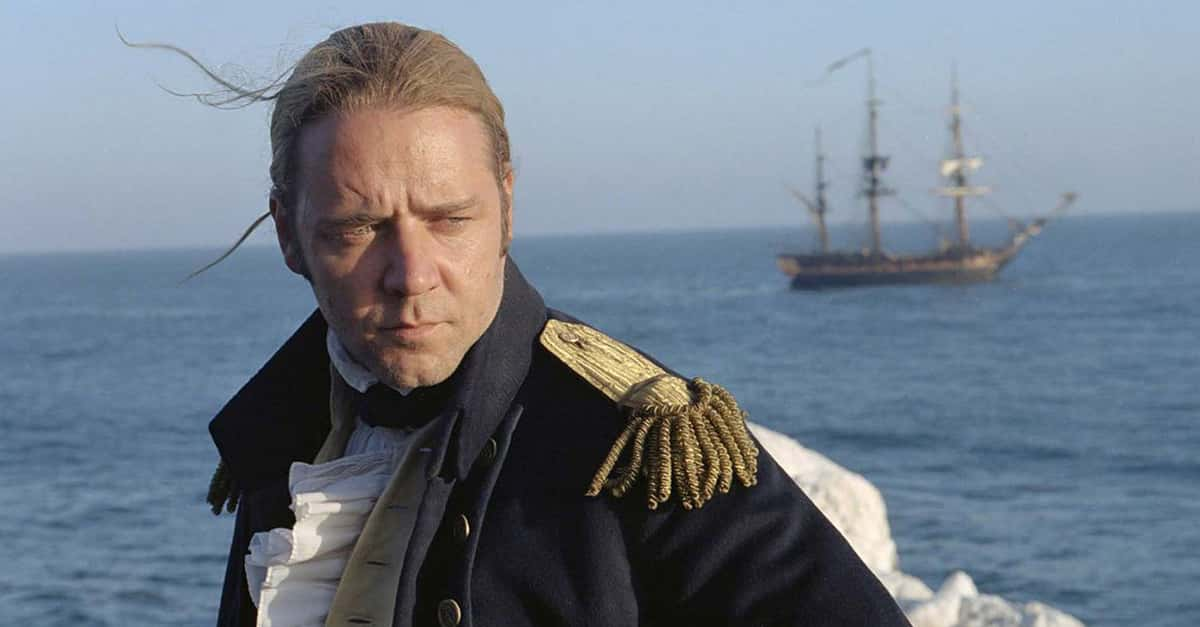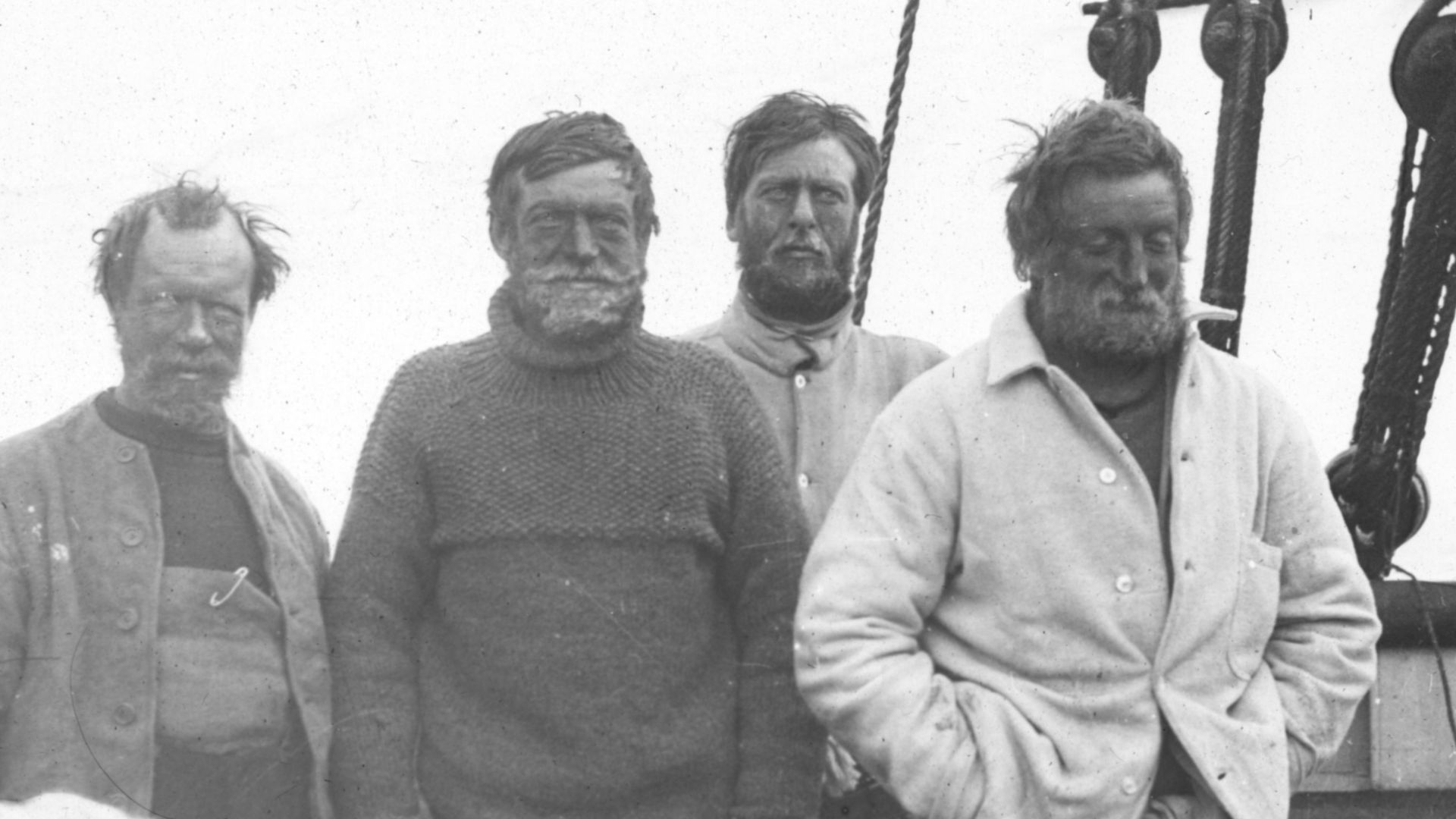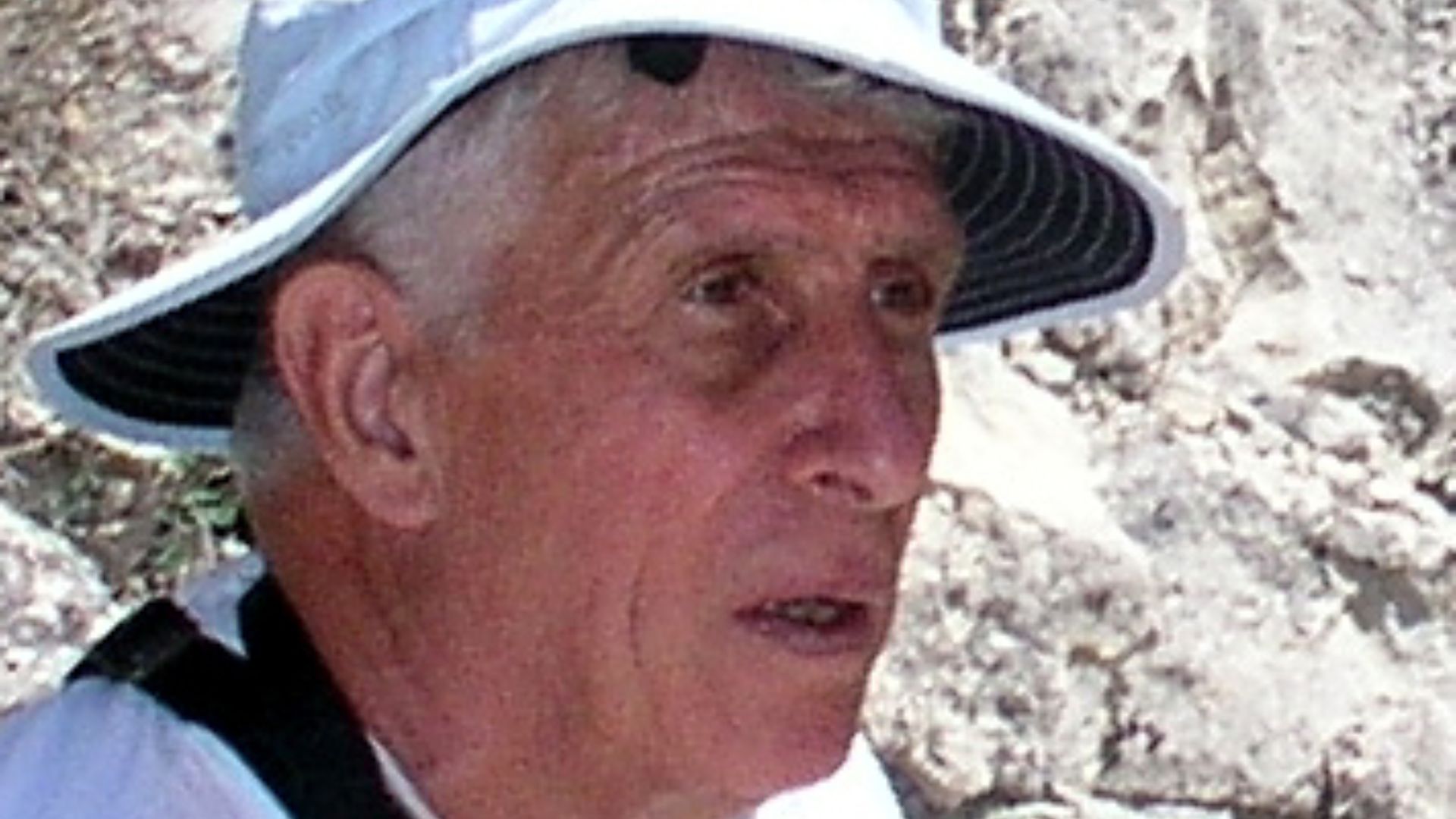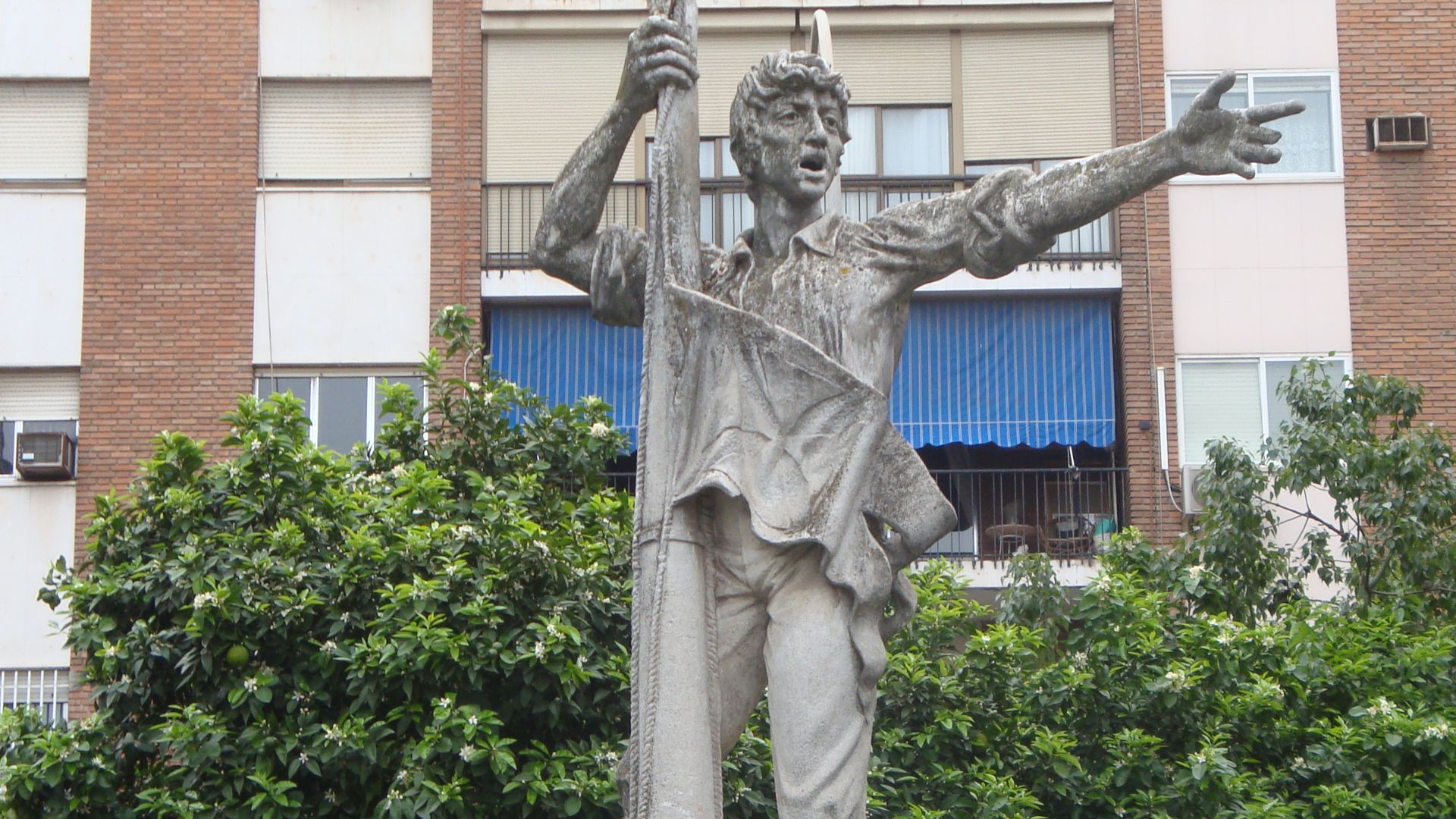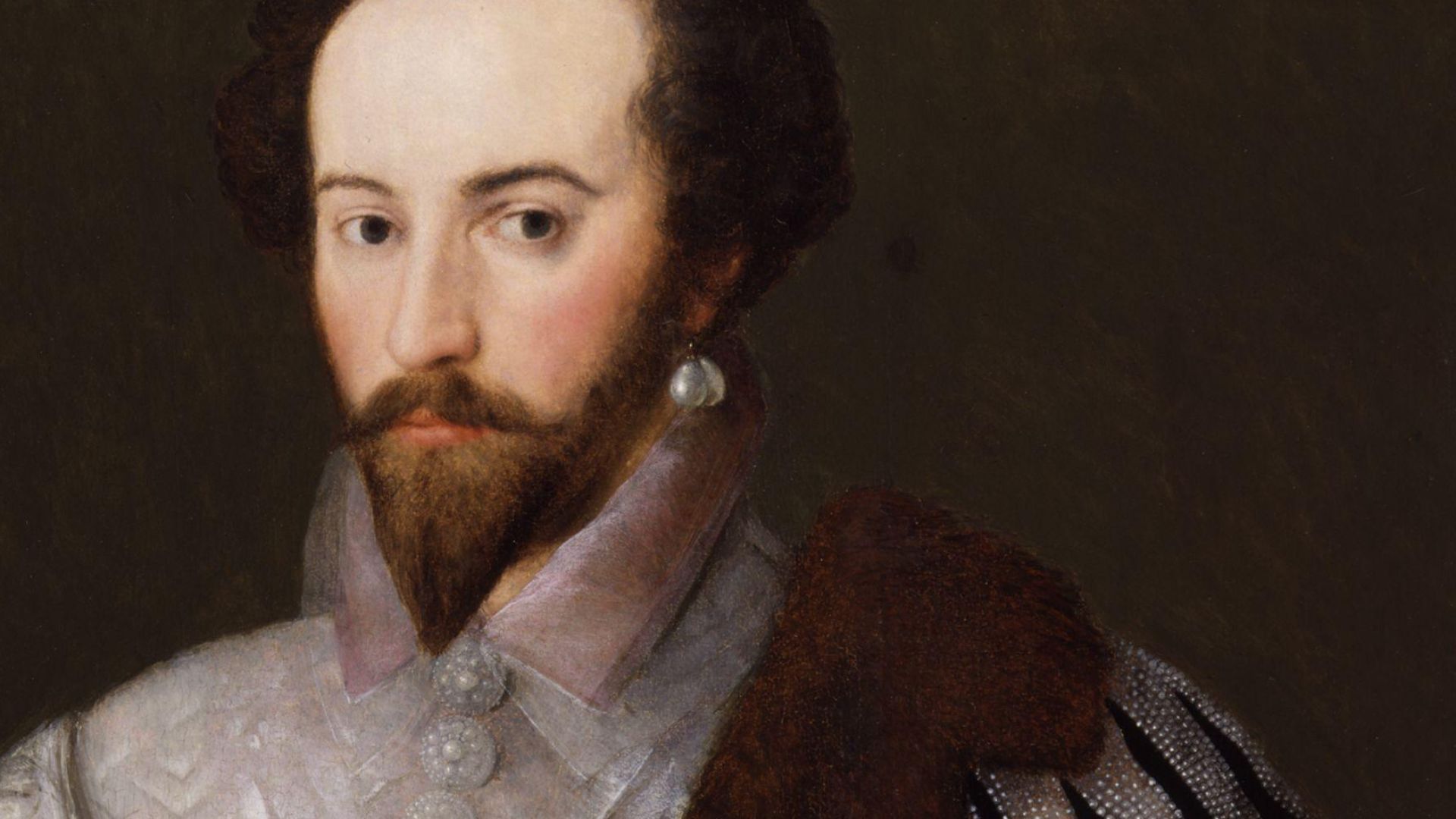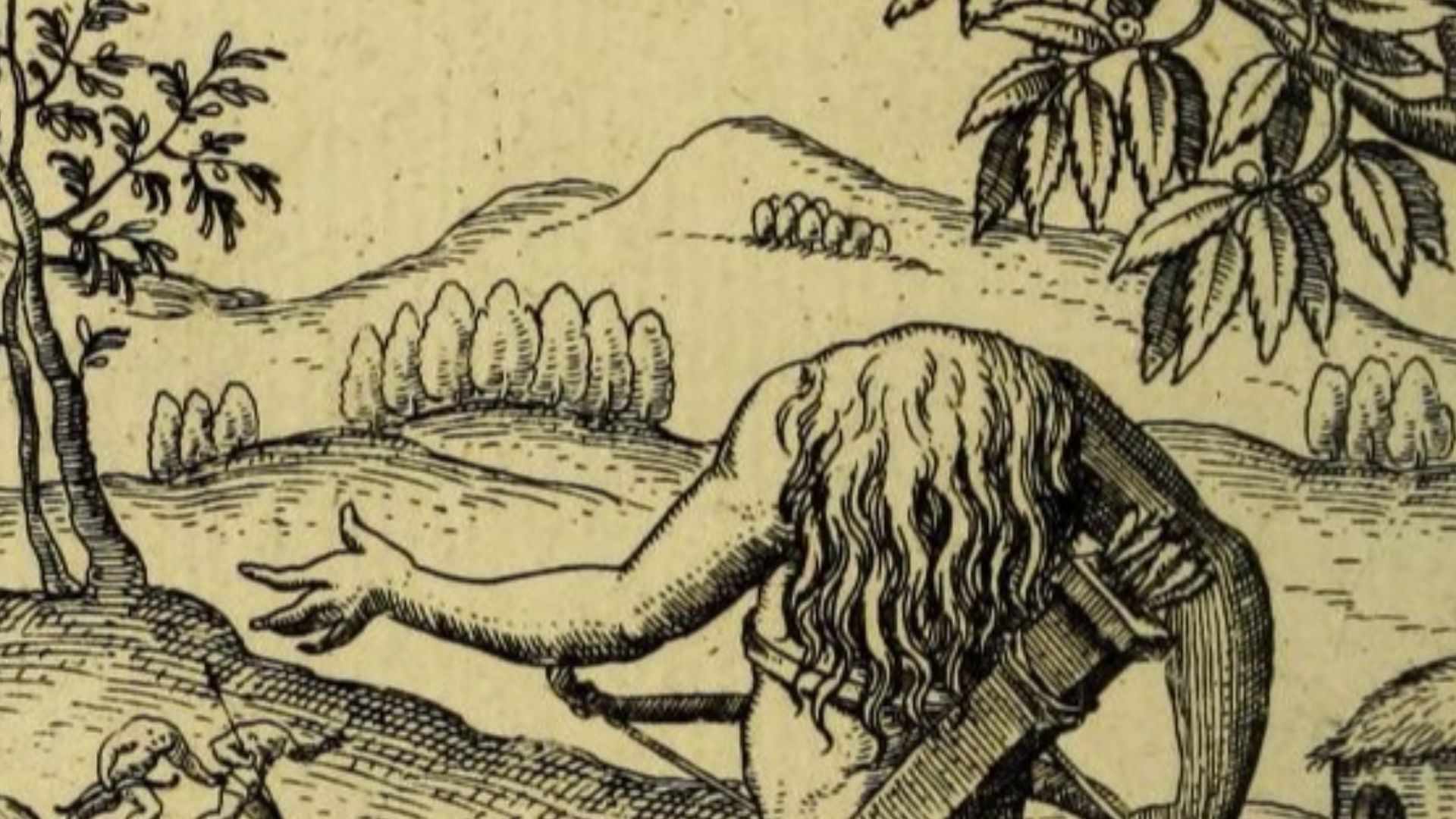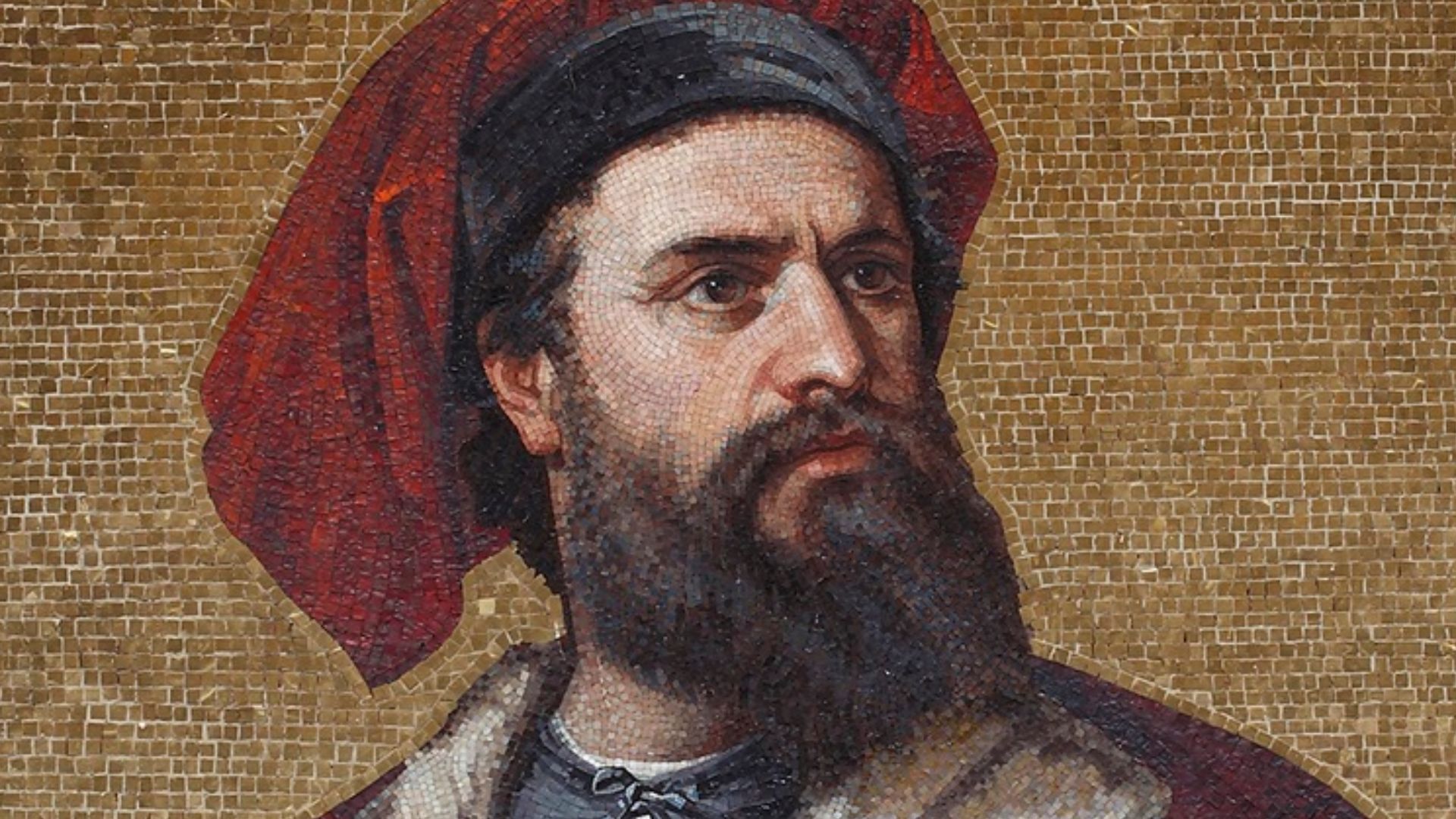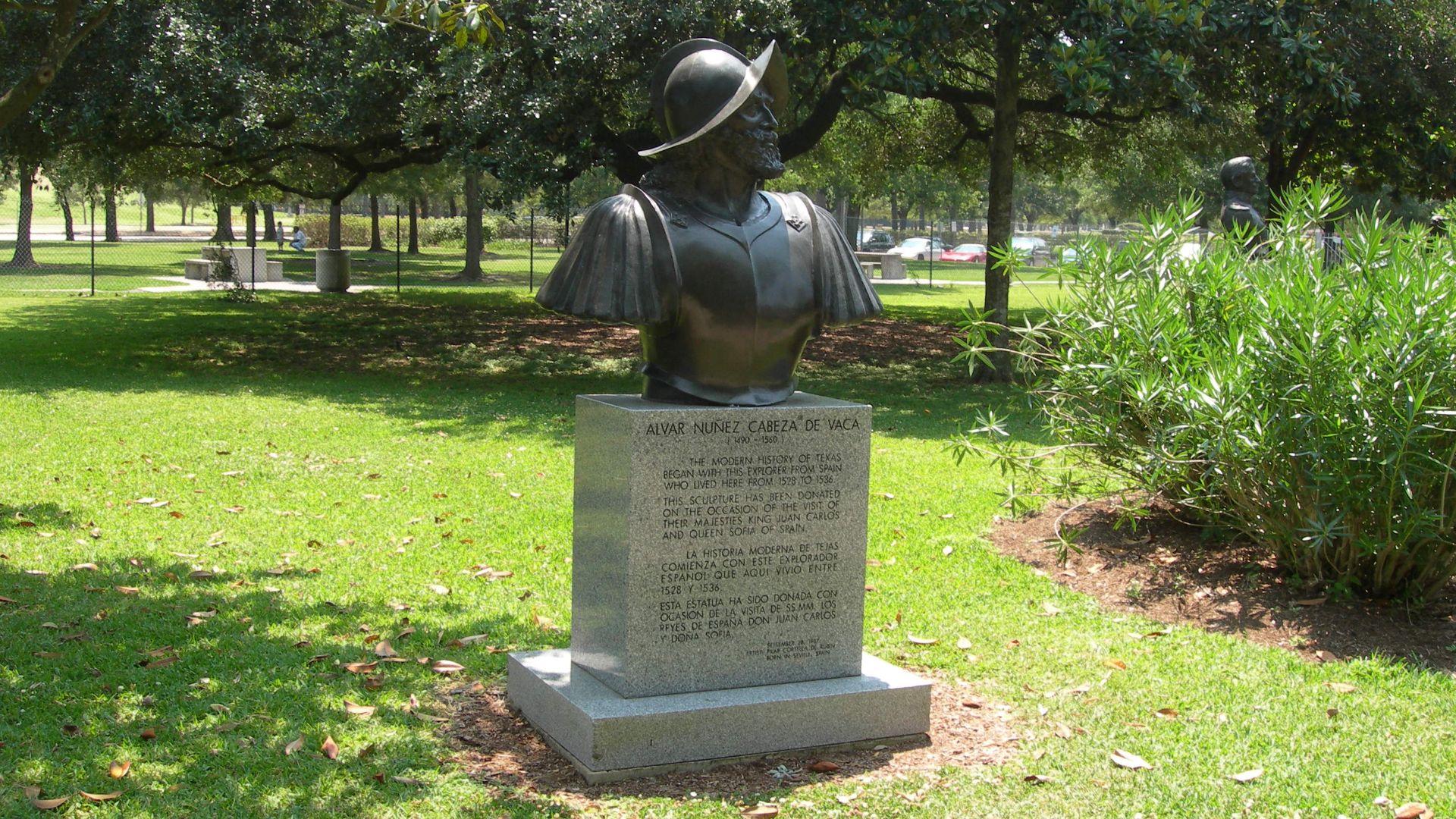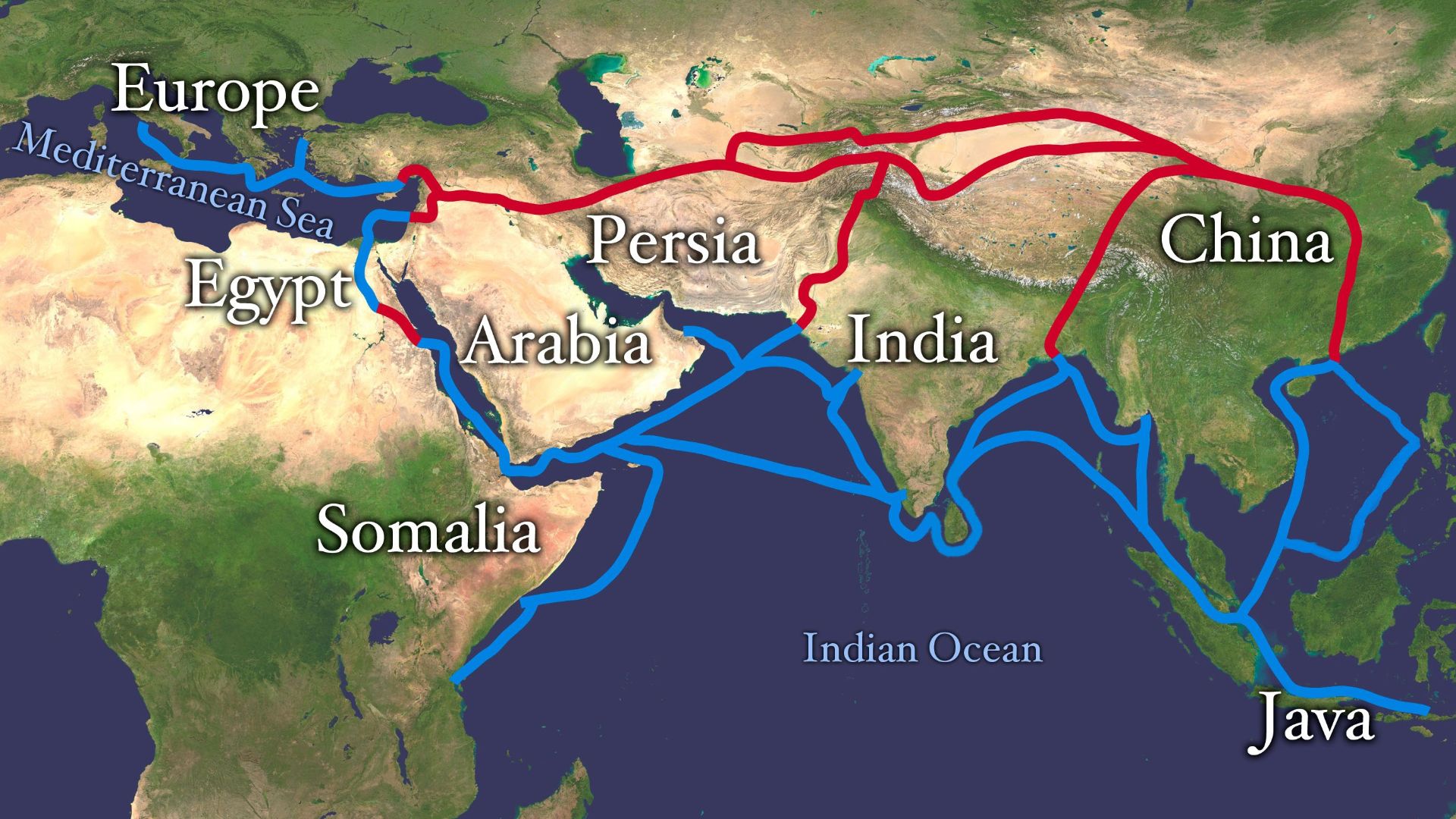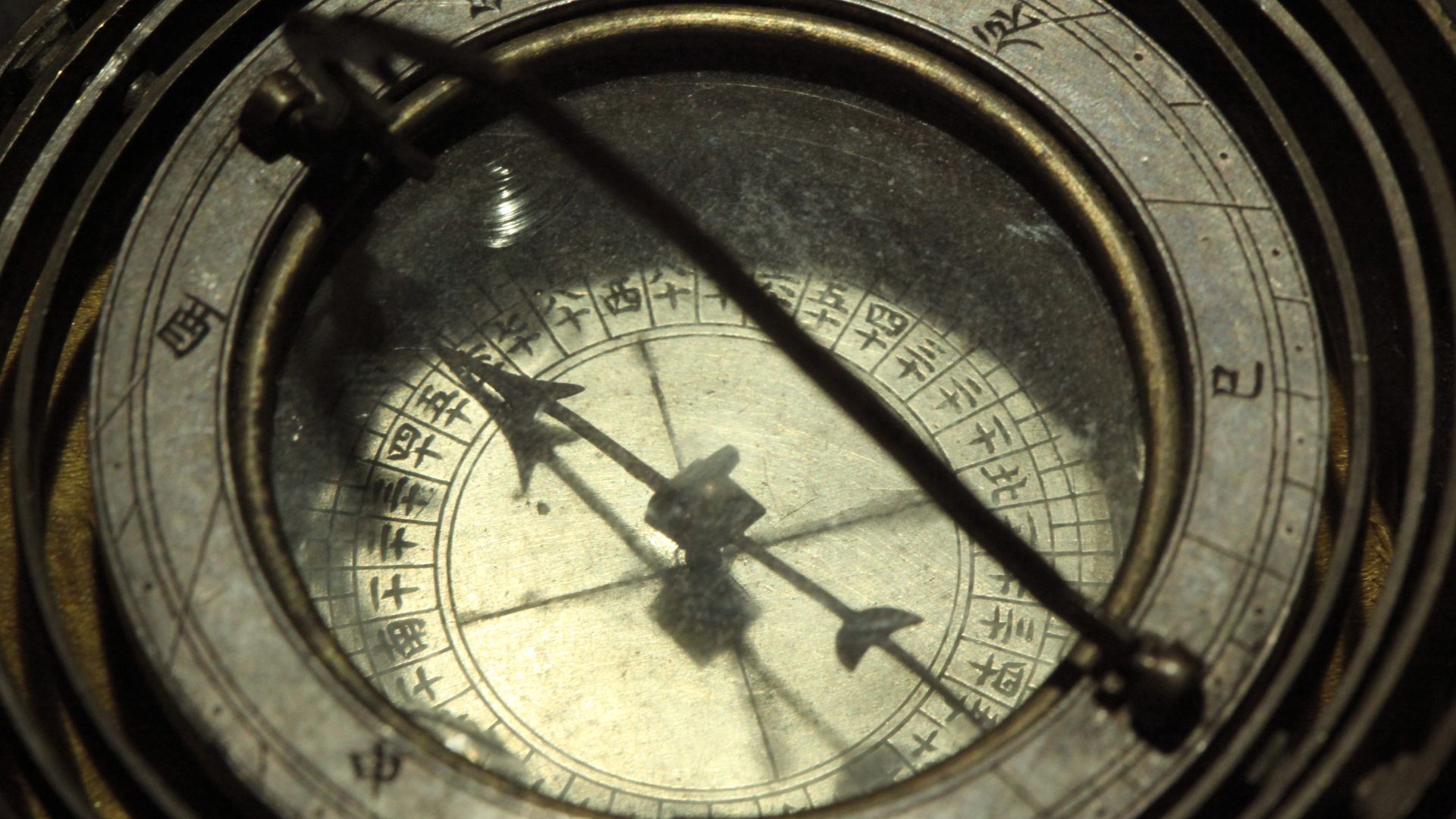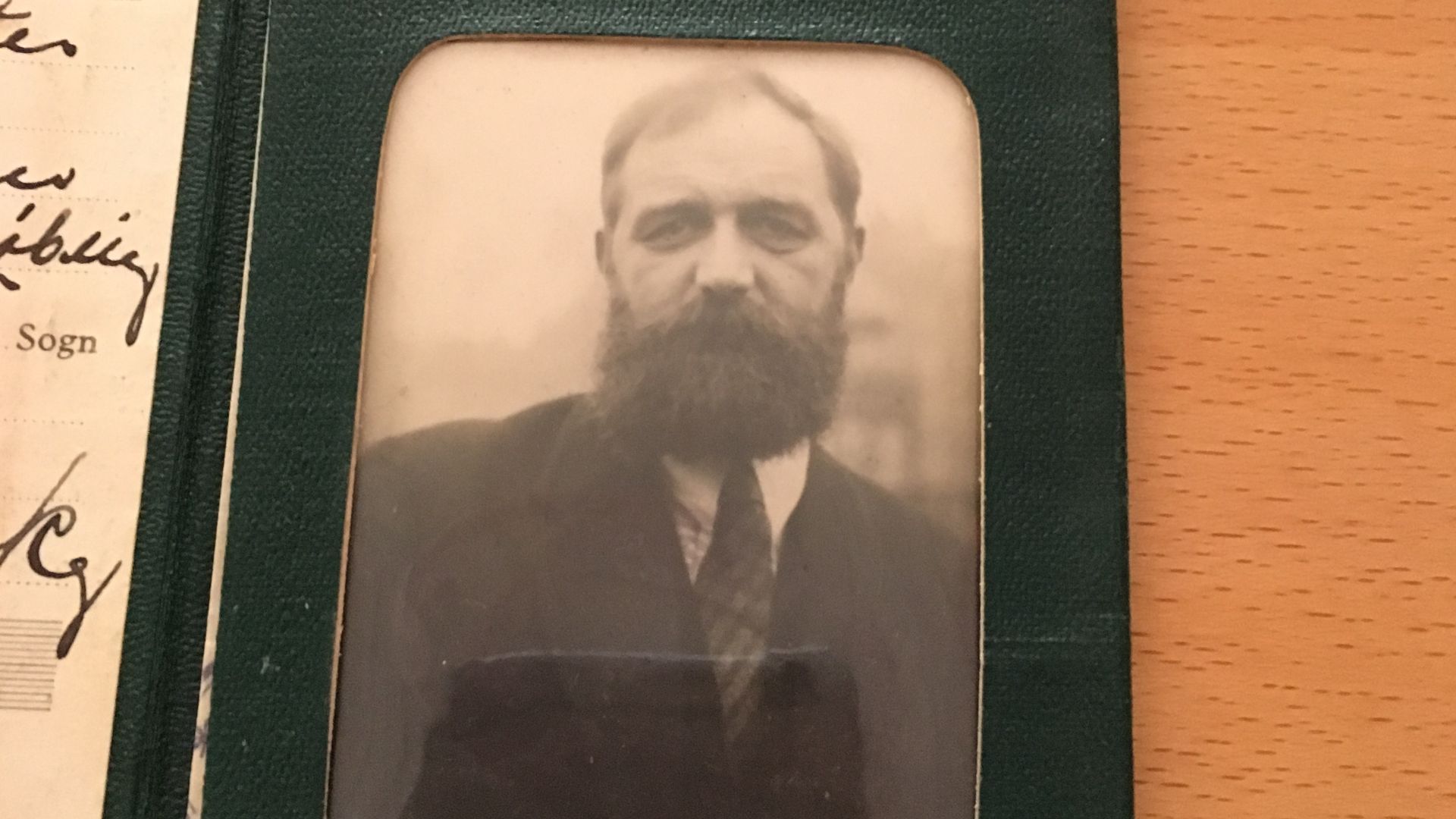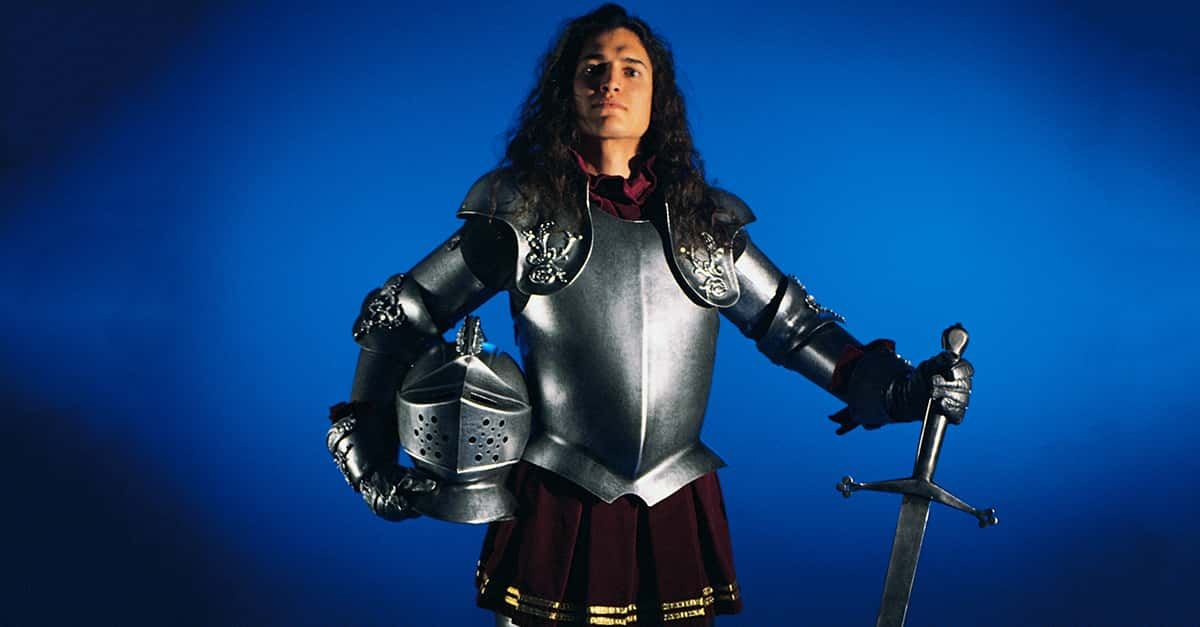Legends and Legacies
Over the centuries, European explorers have done some undoubtedly wild (and disgraceful) things to survive and profit. When Arctic explorer Peter Freuchen became trapped by an avalanche, his plan to free himself was not only ingenious— it was truly disgusting.
42. Can’t Be Frozen Out
At the start of WWI, the British explorer Ernest Shackleton set out to conquer Antarctica with a crew of 28 men. Before they could even arrive, their boat was frozen solid in the middle of the ocean and would not melt out for ten months. Once the ice started to thaw, they had to make their way in a lifeboat across an ocean of sharks, icebergs, and German raiders. Finally, they arrived on the inhabited South Georgia Island… on the wrong side. Walking across to human populated shores, they finally made it… a full three years after they set sail but, miraculously, short only three men!
41. When Dinner Is the Show
David Livingstone was a 19th century British explorer who—in a twist for the British—found himself the subject of a foreign, objectifying gaze! In March 1869, Livingstone was stranded with extreme illness after traveling along the rivers of Africa. Arriving in Ujiji to find his supplies stolen, he was forced to rely on slave traders for support. Livingstone earned his keep by eating his meals in a roped-off enclosure for the entertainment of the locals.
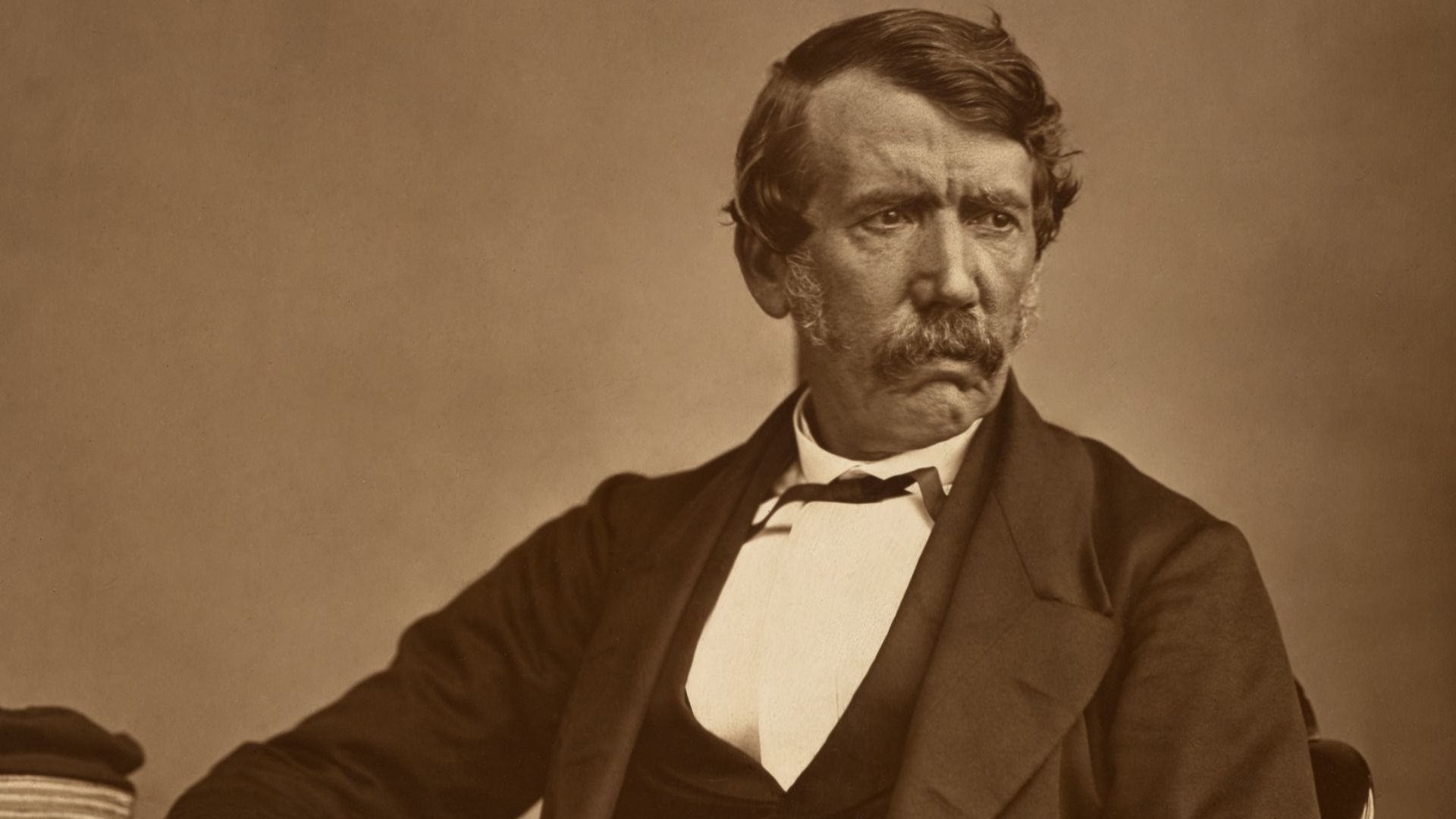 Thomas Annan / Adam Cuerden, Wikimedia Commons
Thomas Annan / Adam Cuerden, Wikimedia Commons
40. Ungrateful Guests
Next time you're celebrating February 14th as Valentine’s Day, you can also think of the day in 1779 when Captain James Cook was killed in battle against Native Hawaiians. Cook had been attempting to kidnap their chief, Kalaniʻōpuʻu, after months of Cook and his crew exploiting the hospitality of their hosts.
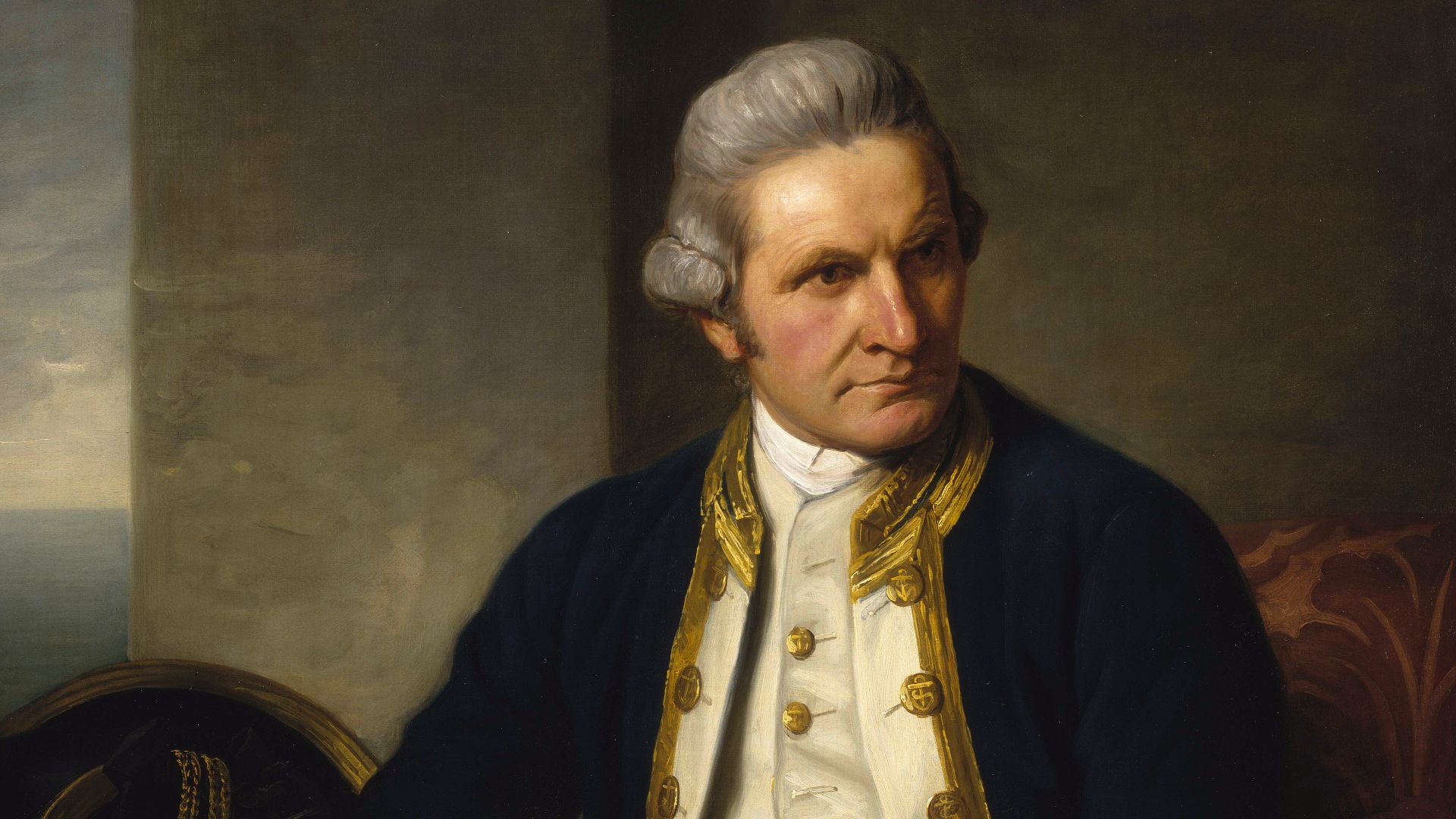 Nathaniel Dance-Holland, Wikimedia Commons
Nathaniel Dance-Holland, Wikimedia Commons
39. 25 to Life
Nicolo de Conti was one of the first Europeans to reach Indonesia and suggest it was possible to reach Asia by sailing around Africa. It only cost him 25 years of travel from 1414 to 1439.
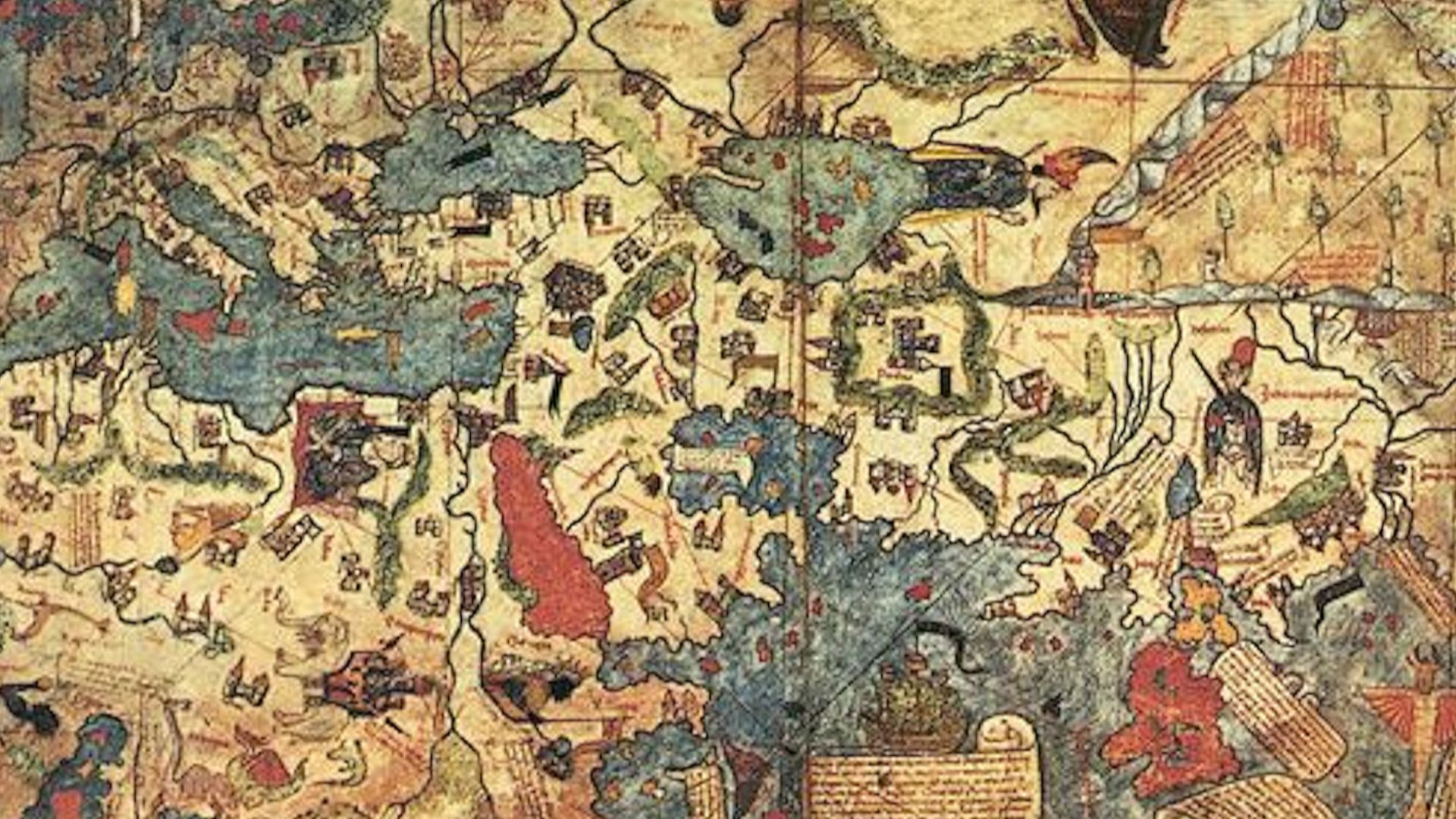 1457 Italian mapmaker, Wikimedia Commons
1457 Italian mapmaker, Wikimedia Commons
38. It’s Dead Simple
Before Google Maps, there was “dead reckoning,” a technique used to measure a ship’s speed that involved estimating the speed floating of bubbles and ocean debris, then dividing that sum by time measures. Columbus kept a sand hourglass on his ship that was specifically used for dead reckoning. Gotta say, the name sounds a lot cooler than what it really is.
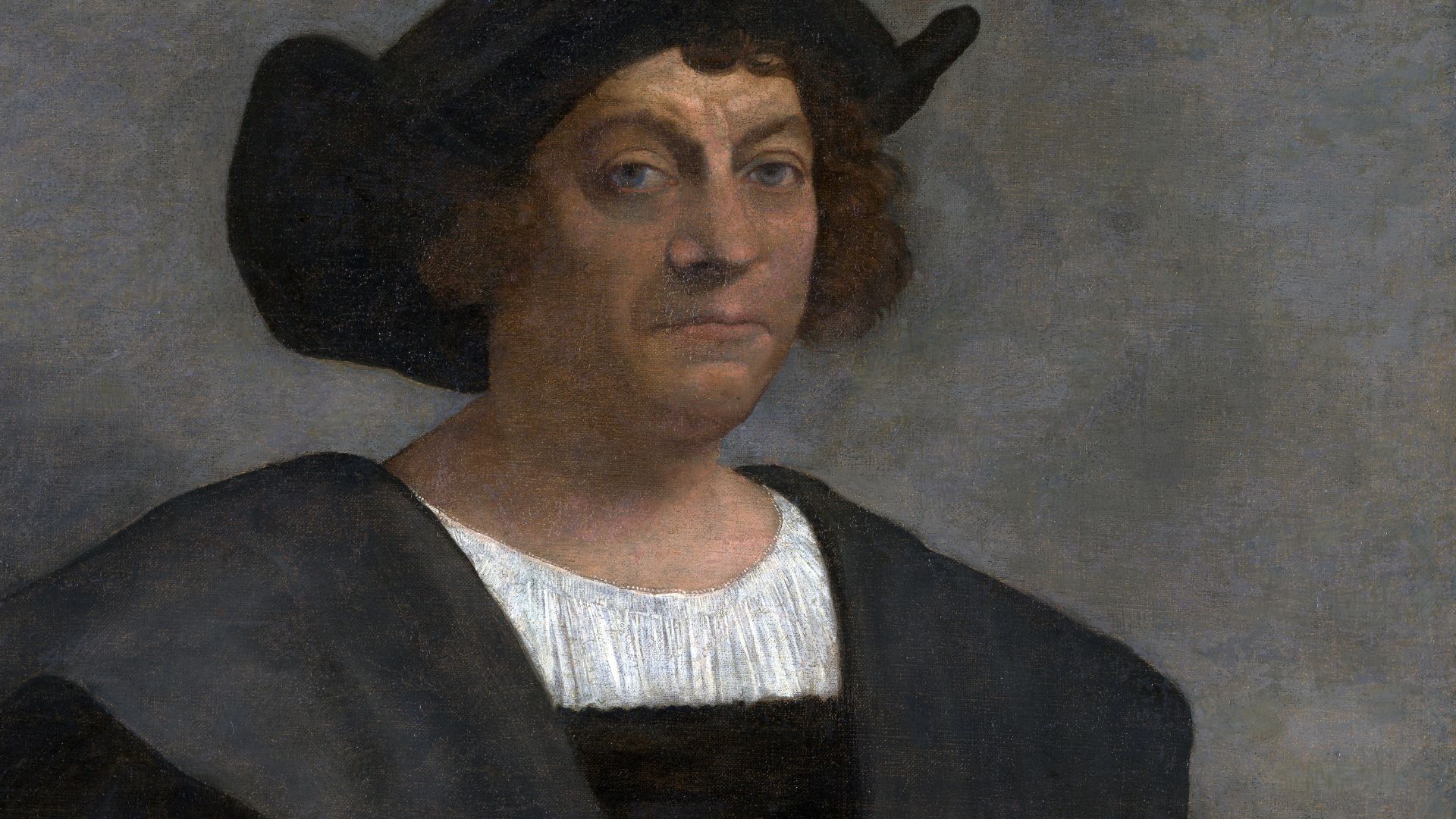 Sebastiano del Piombo, Wikimedia Commons
Sebastiano del Piombo, Wikimedia Commons
37. Home Tongue Hospitality
To their surprise, the first pilgrims at Plymouth Colony were greeted by a Native Wampanoag in English! The man, Samoset, had already begun to learn the colonizer tongue from fishermen along the coast. (No spoilers, but early pilgrims did not equally reciprocate Samoset’s sensitivity towards the languages of others…).
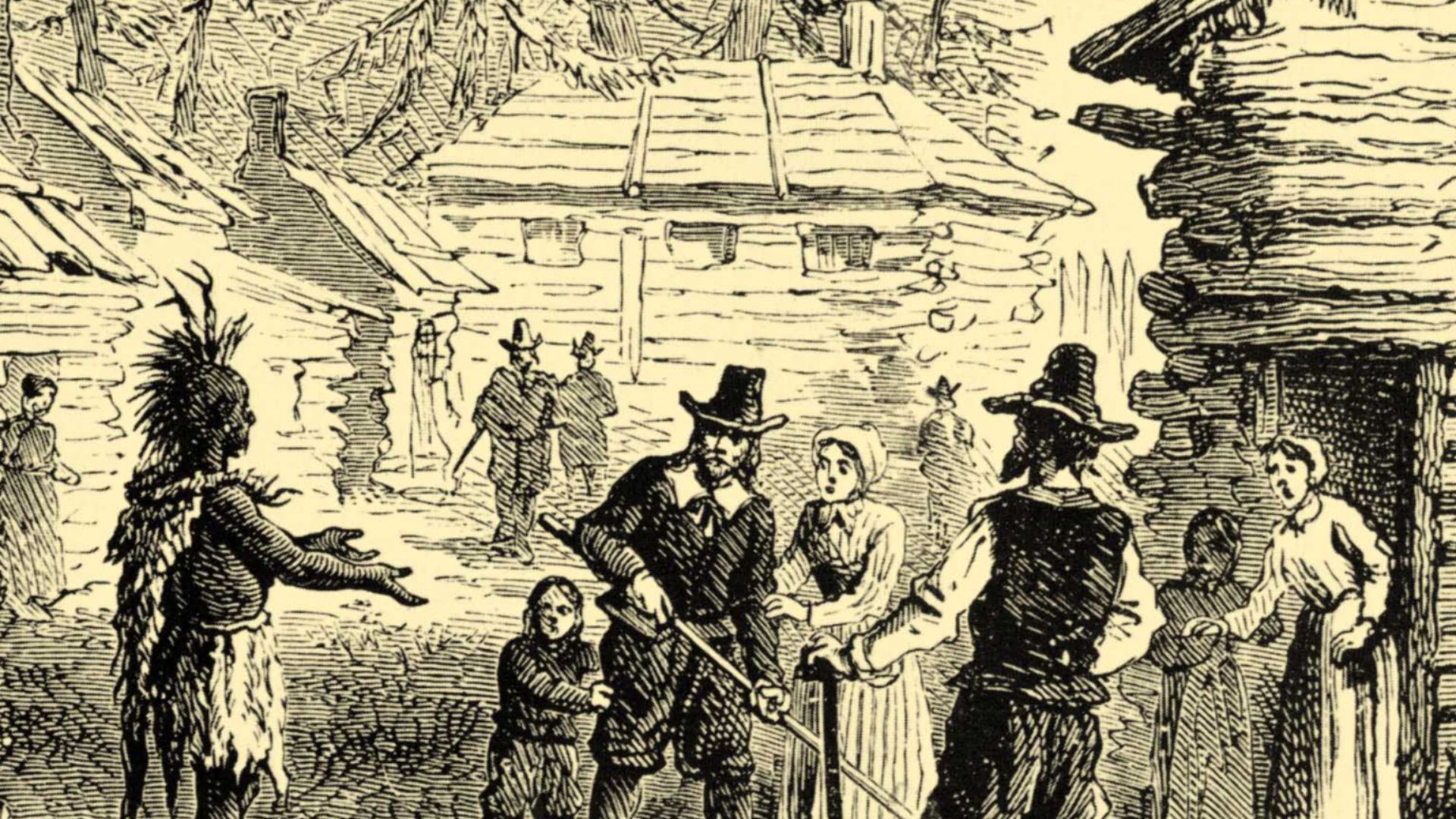 Unknown authorUnknown author, Wikimedia Commons
Unknown authorUnknown author, Wikimedia Commons
36. Yo-Ho, Yo-Ho, A Non-Perishable Life for Me
A sailor’s meal would be prepared months in advance and made from food which would not spoil abroad. If you find yourself aboard a European vessel from this time (it could happen...), prepare for a regimen of condensed soup, beer, biscuits, salted beef and pork, peas and dried cod.
 Stuart Spivack from Cleveland, Ohio, USA, Wikimedia Commons
Stuart Spivack from Cleveland, Ohio, USA, Wikimedia Commons
35. Second Time’s the Charm
The Dutch explorer Abel Tasman is often credited for the European “discovery” of New Zealand and Tasmania. And yet, he somehow completely missed Australia, only finding the huge island continent on his second time around.
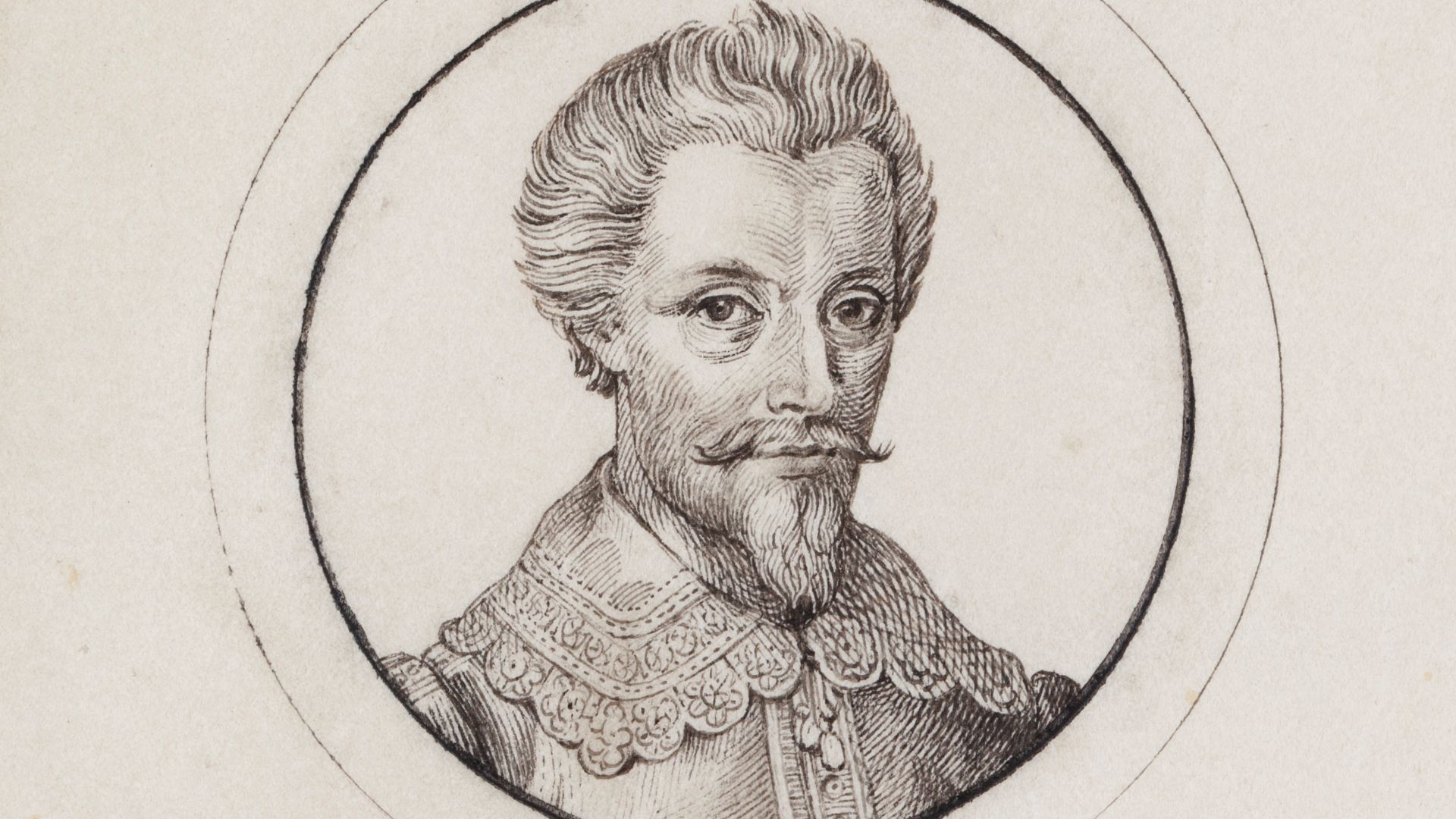 Unknown authorUnknown author, Wikimedia Commons
Unknown authorUnknown author, Wikimedia Commons

History's most fascinating stories and darkest secrets, delivered to your inbox daily.
34. Laying Waste to Landlubber Life
The Age of Exploration left a huge eco-footprint. In the 17th century, the oak forests of Poland were cleared to make ships for Dutch voyages to the East Indies. Each ship required about 4,000 planks and each plank would only last about one or two voyages before rotting and needing replacement.
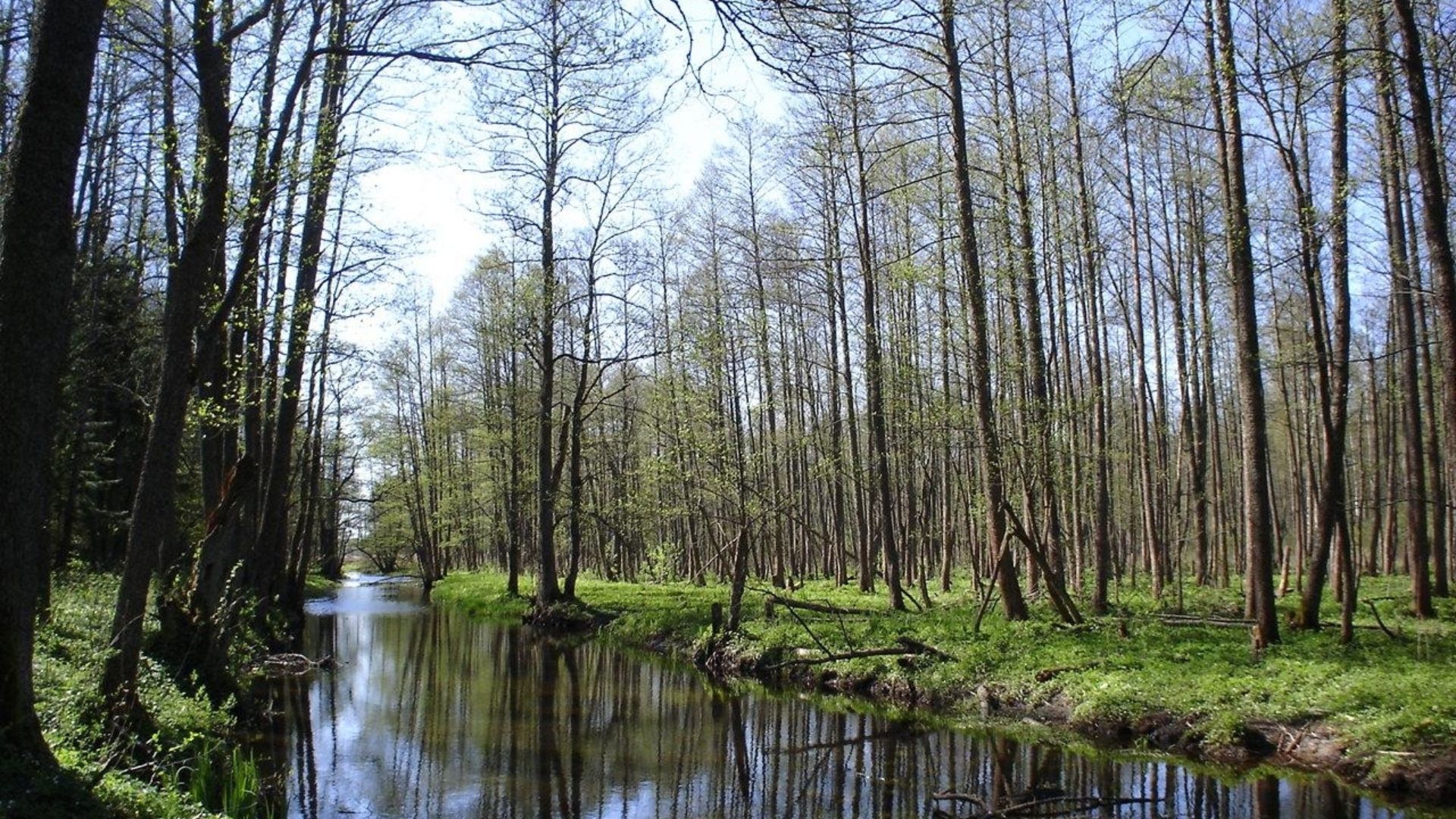 Robert Wielgorski a.k.a. Barry Kent, Wikimedia Commons
Robert Wielgorski a.k.a. Barry Kent, Wikimedia Commons
33. The Hole Truth About Death
The last moments of David Douglas were literally bull. The 19th century Scottish botanist and explorer was scaling Mauna Kea in Hawaii when he fell into a pit trap. He survived the fall, but was instantly killed when a bull fell into the trap soon after, crushing him.
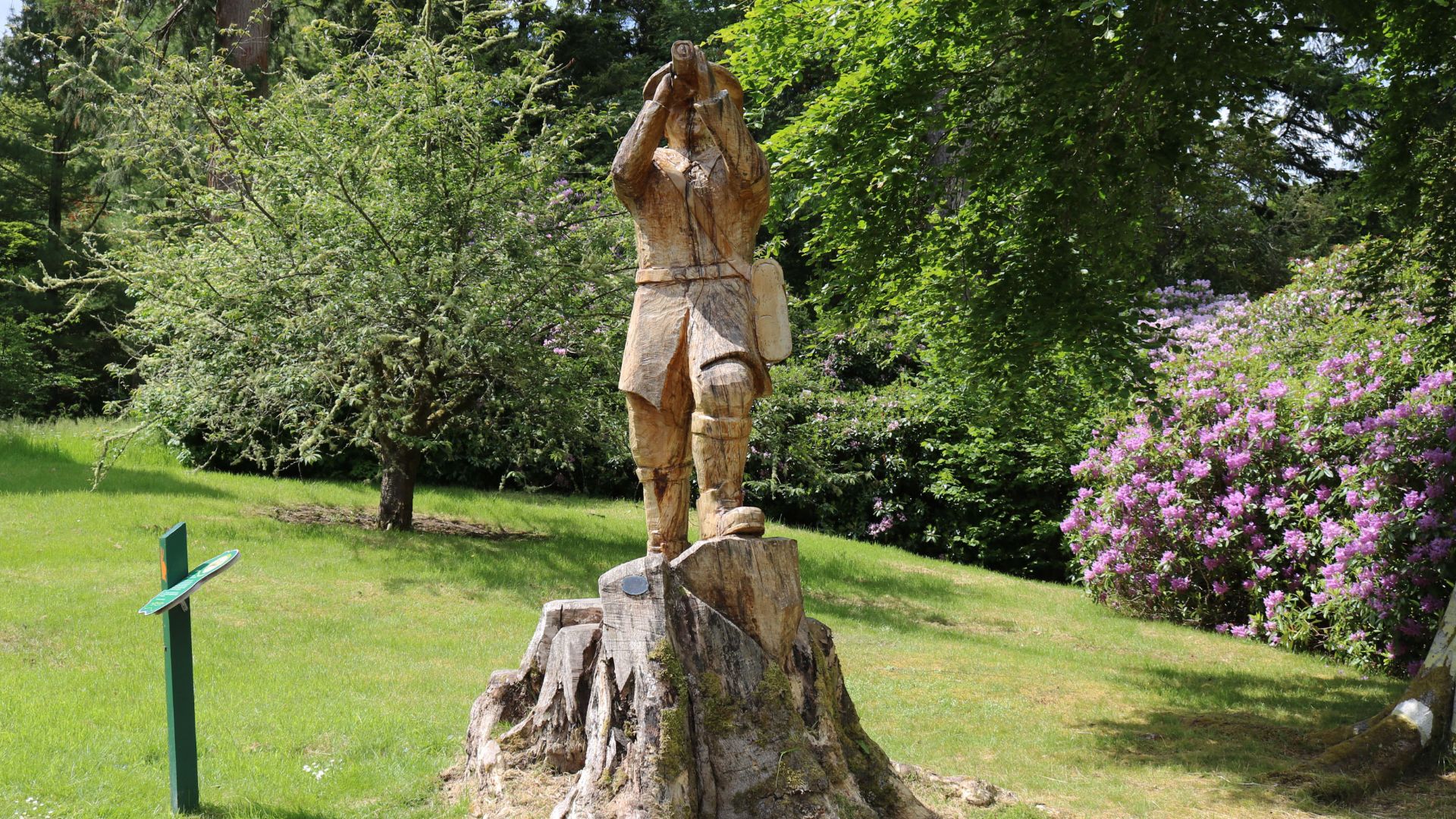 Billy McCrorie , Wikimedia Commons
Billy McCrorie , Wikimedia Commons
32. A Crusade Without Cue Cards
In 1962, the French explorer Michel Siffre secluded himself inside of glacier in the abyss of Scarasson for two months. Why? He wanted to prove that humans had an internal biological clock. Siffre and several others went on to prove that humans could adjust to a 48-hour cycle, rather than a 24-hour cycle, without external time cues.
31. Under the Hill & Underwhelmed
Australia’s Mount Disappointment is named after an underwhelming voyage which ended in groin injury. Two European explorers named Hume and Hovell hoped to view the distant Port Phillip Bay from atop the mountain. Unfortunately, its enormous trees obstructed their gaze. Hume also suffered a painful groin injury nearby, necessitating a five-day rest for their traveling party (that's a serious groin injury!). Consequently, the British explorers named the mountain after their letdown adventure.
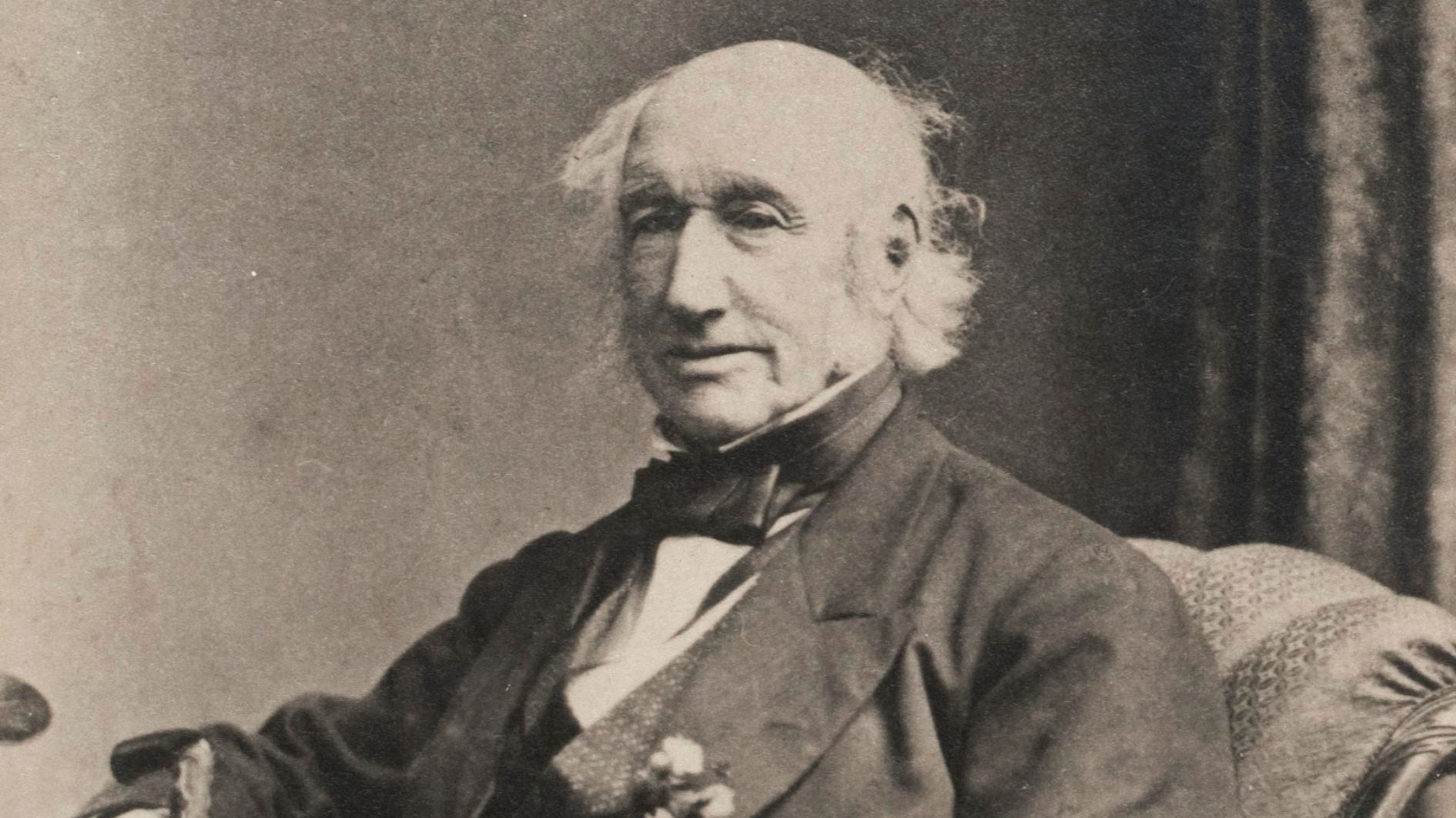 Oswald H. Allen, Wikimedia Commons
Oswald H. Allen, Wikimedia Commons
30. Losers Keepers, Finders Weepers!
It was actually Christopher Columbus's ship captain, Rodrigo de Triana, who was the first to spot land in the New World. However, that charmer Columbus would later claim that, no, Columbus himself had beat Triana, having seen the shores several hours earlier that day, for swearsie realises! And for this reason, it was Columbus who scored that sweet lifetime pension promised by King Ferdinand to the first man who made that sighting.
29. Nepotism Strikes Again
In 1925, the British Colonel Percy Harrison Fawcett entered the Brazilian jungles in search of the City of “Z,” his modern day El Dorado. He turned down help from the famed adventurer T.E. Lawrence—otherwise known as “Lawrence of Arabia” (!!!)—in favor of his less experienced 21-year-old son, Jack, who shared his dad’s zeal for the myth of “Z.” The traveling party disappeared into the Amazon and were never to be seen again.
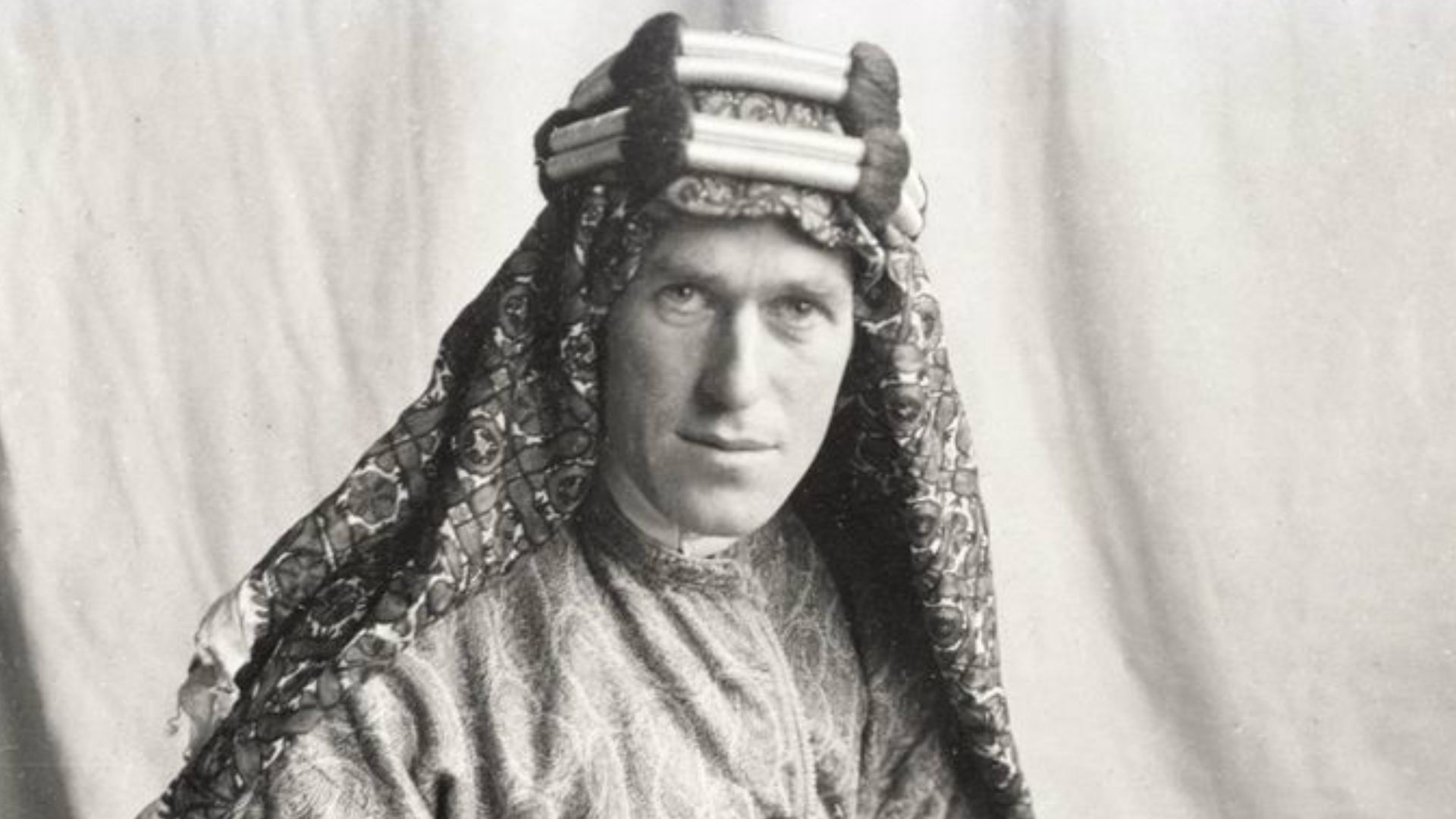 Lowell Thomas (photographer), Wikimedia Commons
Lowell Thomas (photographer), Wikimedia Commons
28. An Ugly Inheritance
Ferdinand Magellan died before he could complete his quest to circumnavigate the globe. The last 16 months of this voyage were completed by his successor, Juan Sebastian Elcano. Elcano inherited a crew at half its original size, and because Magellan had renounced his Portuguese citizenship to sail for the Spanish, Elcano and the rest of he ship were, technically, pirates on Portuguese waters (aka the entire Indian Ocean). Miraculously, they survived, braving starvation as Elcano led the ship through the Indian Ocean without going into any port. Only 18 of Magellan’s original 240 men made it back to Spain alive.
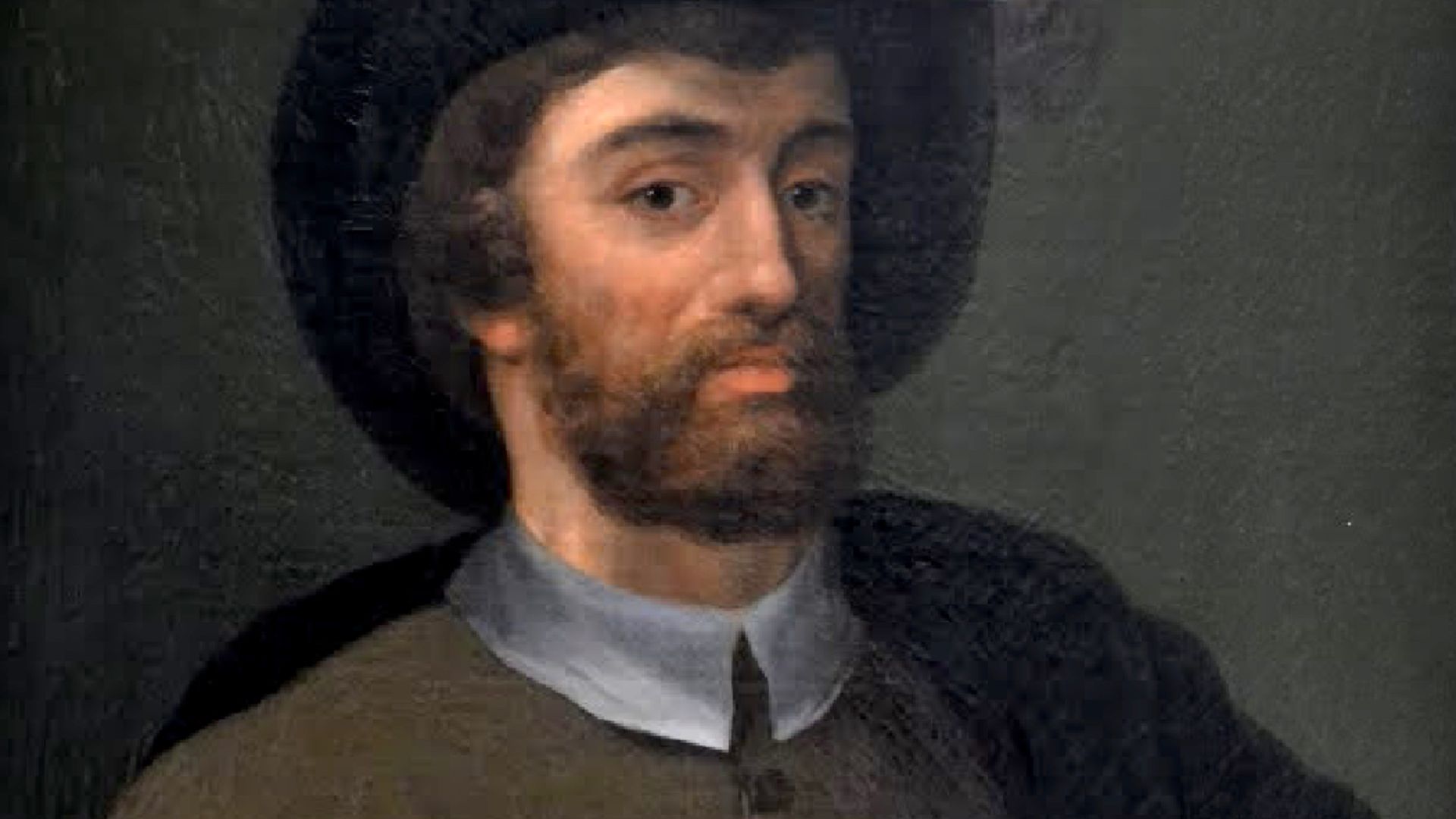 AnonymousUnknown author, Wikimedia Commons
AnonymousUnknown author, Wikimedia Commons
27. Exploration Is More Than Sight-Seeing
James Holman was known as “The Blind Traveller” after a sudden illness at the age of 25 robbed him of his sight. Nevertheless, Holman spent decades travelling across Eurasia and Africa, logging over 400,000 km (250,000 miles) in his lifetime.
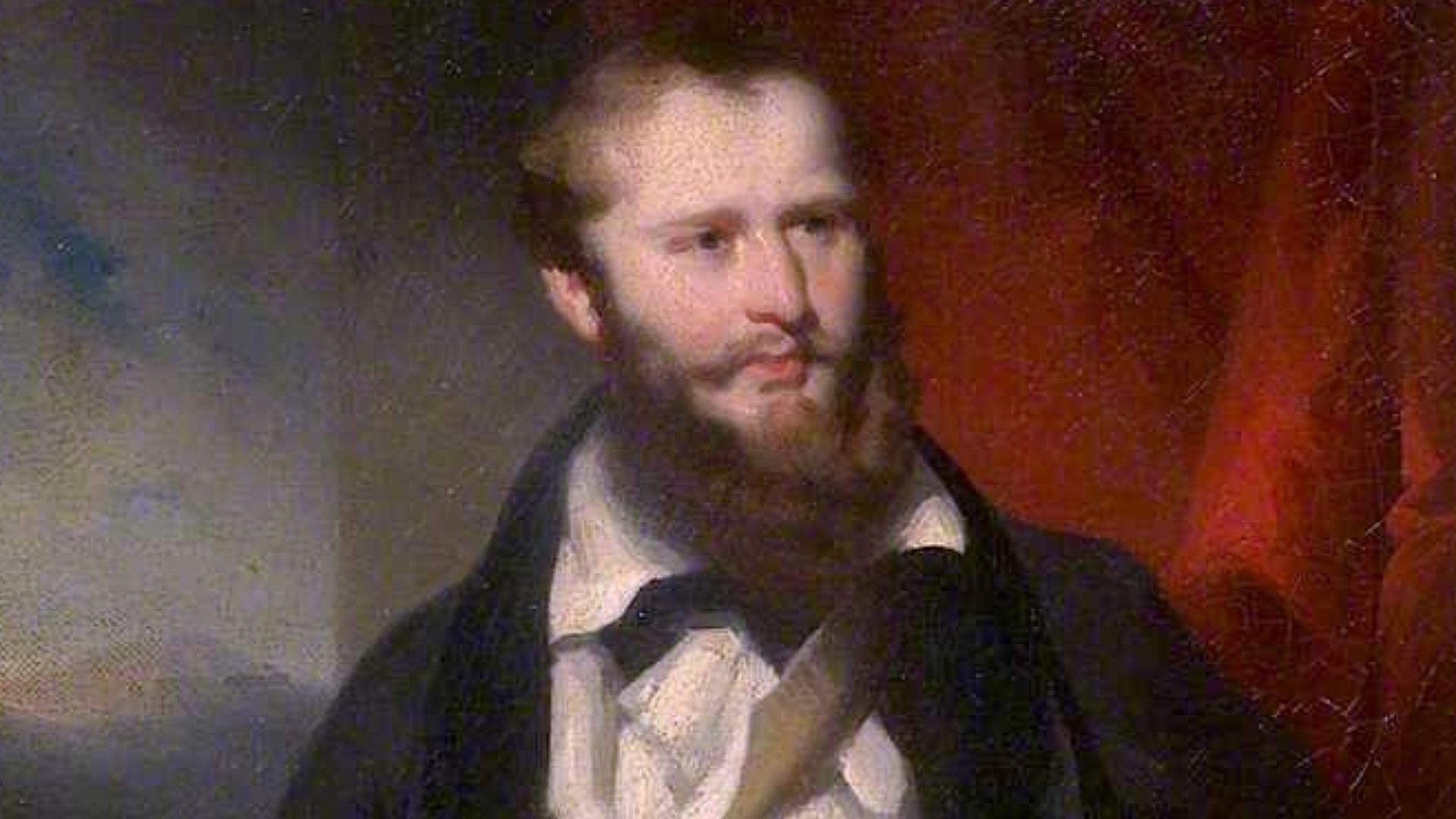 George Chinnery, Wikimedia Commons
George Chinnery, Wikimedia Commons
26. Early Adapter
Contrary to popular belief, Elizabeth I of England wasn’t the first British monarch to sponsor continental exploration. Her grandfather, Henry VII, sponsored the expeditions of the Italian father-son team, John and Sebastian Cabot, to explore the northwest hemisphere throughout the 1490s.
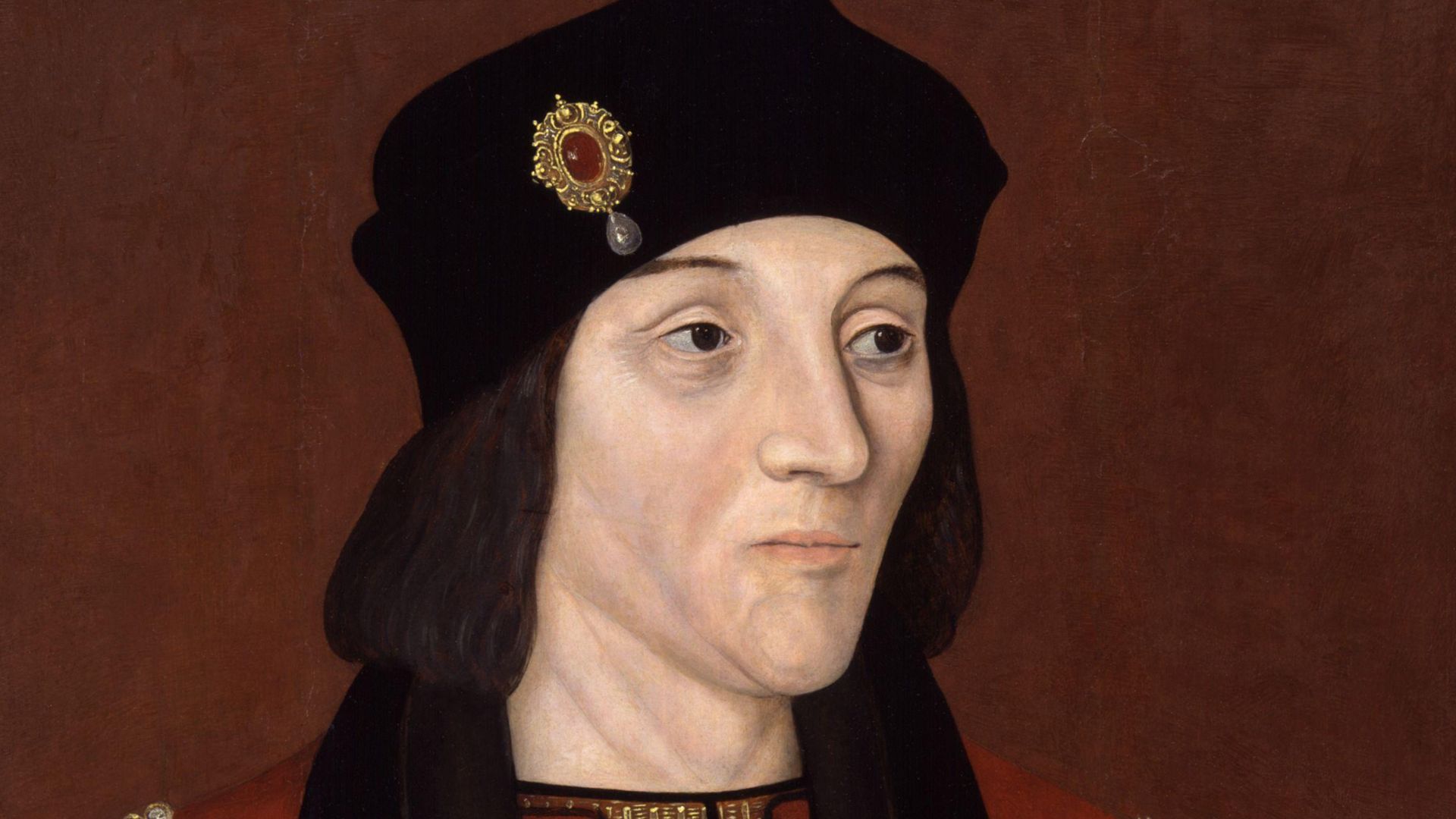 Unknown authorUnknown author, Wikimedia Commons
Unknown authorUnknown author, Wikimedia Commons
25. Unwelcome Parting Gifts
European explorers left behind horrible diseases in the New World which Europe, Asia, and Africa had some exposure to, but the Americans had never experienced. Many argue that syphilis was a European import that had a costly, horrifying effect on the Indigenous population.
 State Library of Queensland, Australia, Wikimedia Commons
State Library of Queensland, Australia, Wikimedia Commons
24. The Economy Plays Trading Places
The Age of Exploration completely undermined the foundations of the European economy. Whereas land ownership was once the primary determinant of status, the influx of gold and silver looted from the Americas led to what economic historians call “The Price Revolution”: landlords saw their incomes suffer as the debts owed to them (“rents”) shrank. Trade—as opposed to rent-collection—soon became the dominant path to wealth.
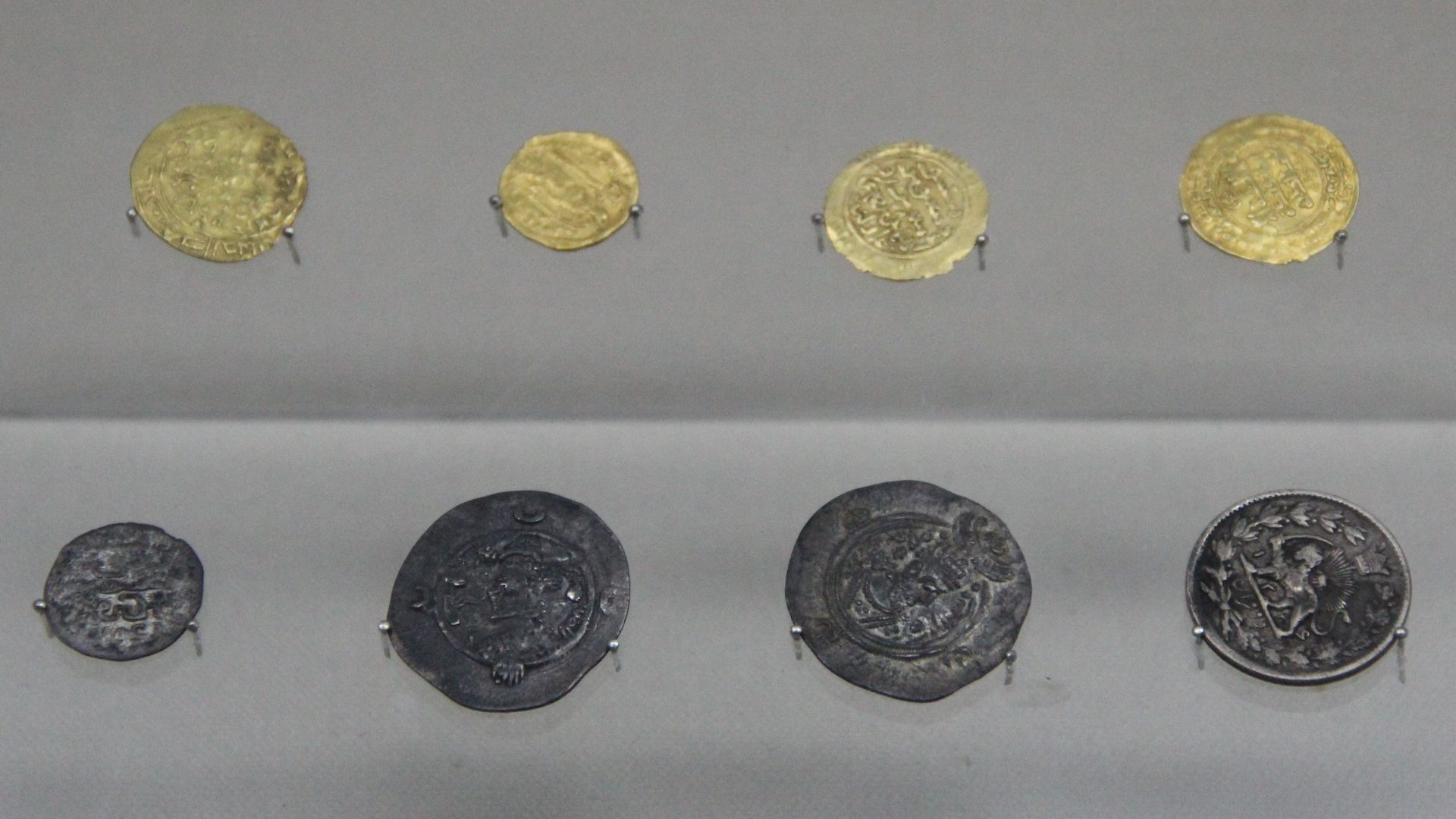 Gary Todd from Xinzheng, China, Wikimedia Commons
Gary Todd from Xinzheng, China, Wikimedia Commons
23. Hot Potato
Believe it or not, Ireland didn't always have potatos. Sir Walter Raleigh (aka Queen Elizabeth I’s “Sea Dog”) brought the vegetable to the Emerald Isle in 1589 after 16th century Spanish conquistadors had discovered it in Peru.
22. Poop & Profit
In 1802, Prussian geographer Alexander von Humboldt turned bird poop into big business. He noticed people in Peru unloading shipments of dried droppings, imported from the Chincha Islands. Indigenous people had been using the stuff, known as guano, as a resource for years. Like a classic European explorer, von Humboldt took it back home, and it developed it into key resource in the production of fertilizer and even gunpowder.
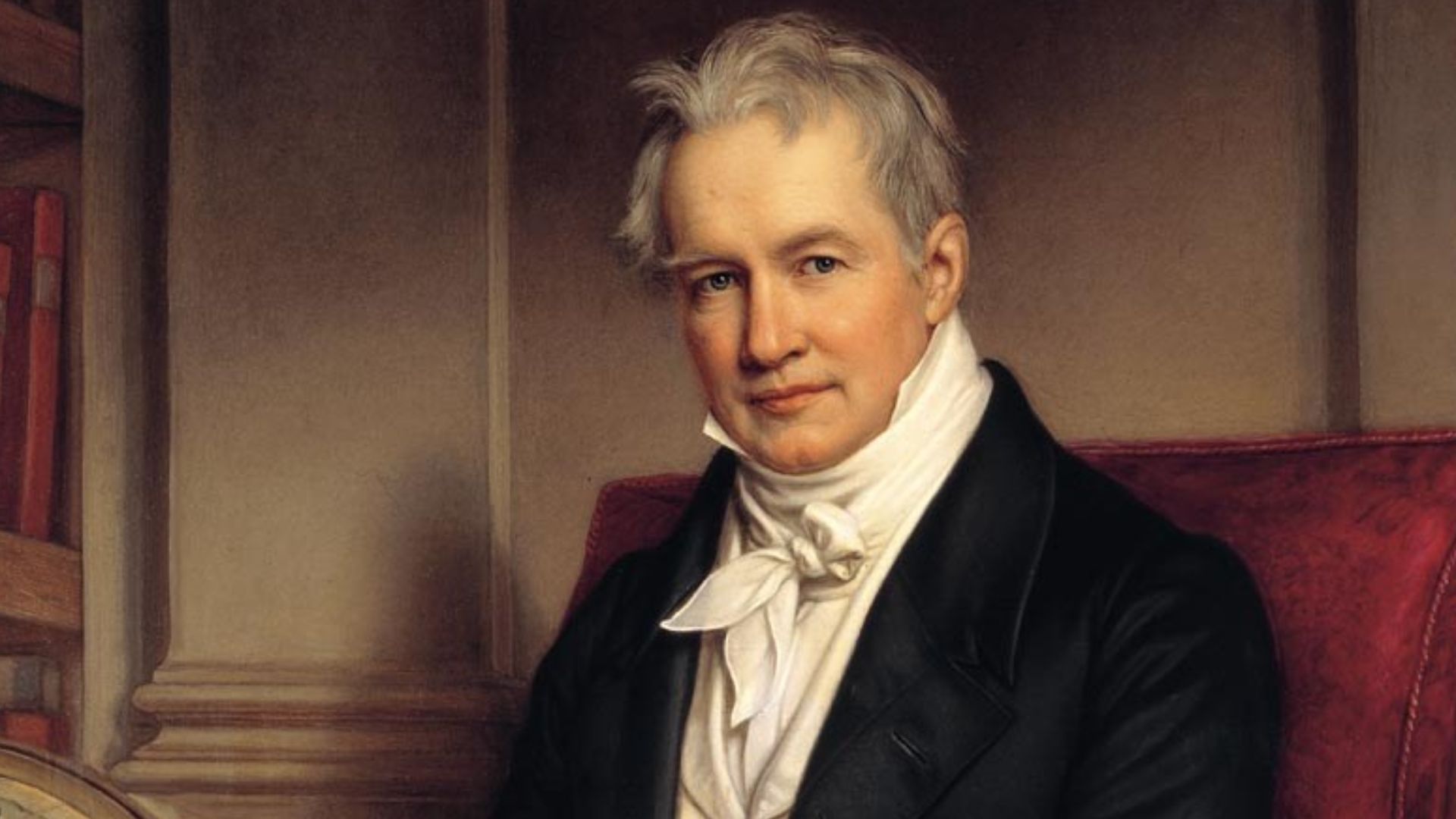 Joseph Karl Stieler, Wikimedia Commons
Joseph Karl Stieler, Wikimedia Commons
21. Submit Without Edits
With the European Age of Exploration, old-school cartographers faced a serious challenge: there was suddenly a lot more water than they had imagined to put on maps of the world! But not all maps were meant to be representative—some focused on the way the Christian God ordered the land, oceans, animals, and humans in his Earth. Others simply minimized the ocean, keeping the land as the focus. Just sounds lazy to me.
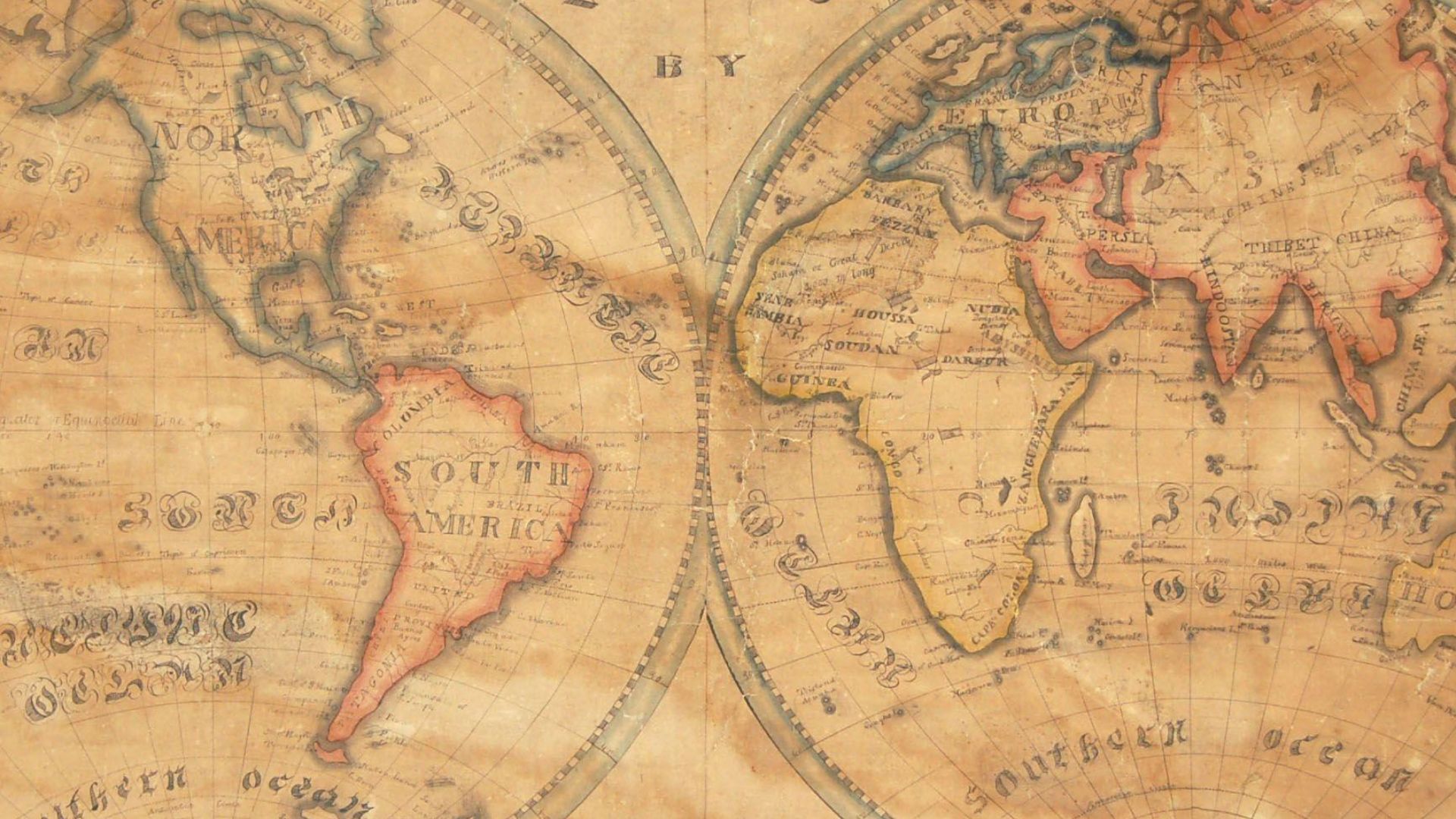 http://www.geographicus.com/mm5/cartographers/schoolgirl.txt, Wikimedia Commons
http://www.geographicus.com/mm5/cartographers/schoolgirl.txt, Wikimedia Commons
20. Saved by the Skirt
Mary Kingsley was a Victorian traveler whose critique of British Imperial presence in African governments offered a counternarrative to the popular discourse on European exploration. She also fell into a game pit lined with spikes (!) and was narrowly saved from death by her study Victorian skirts, which partly broke her fall.
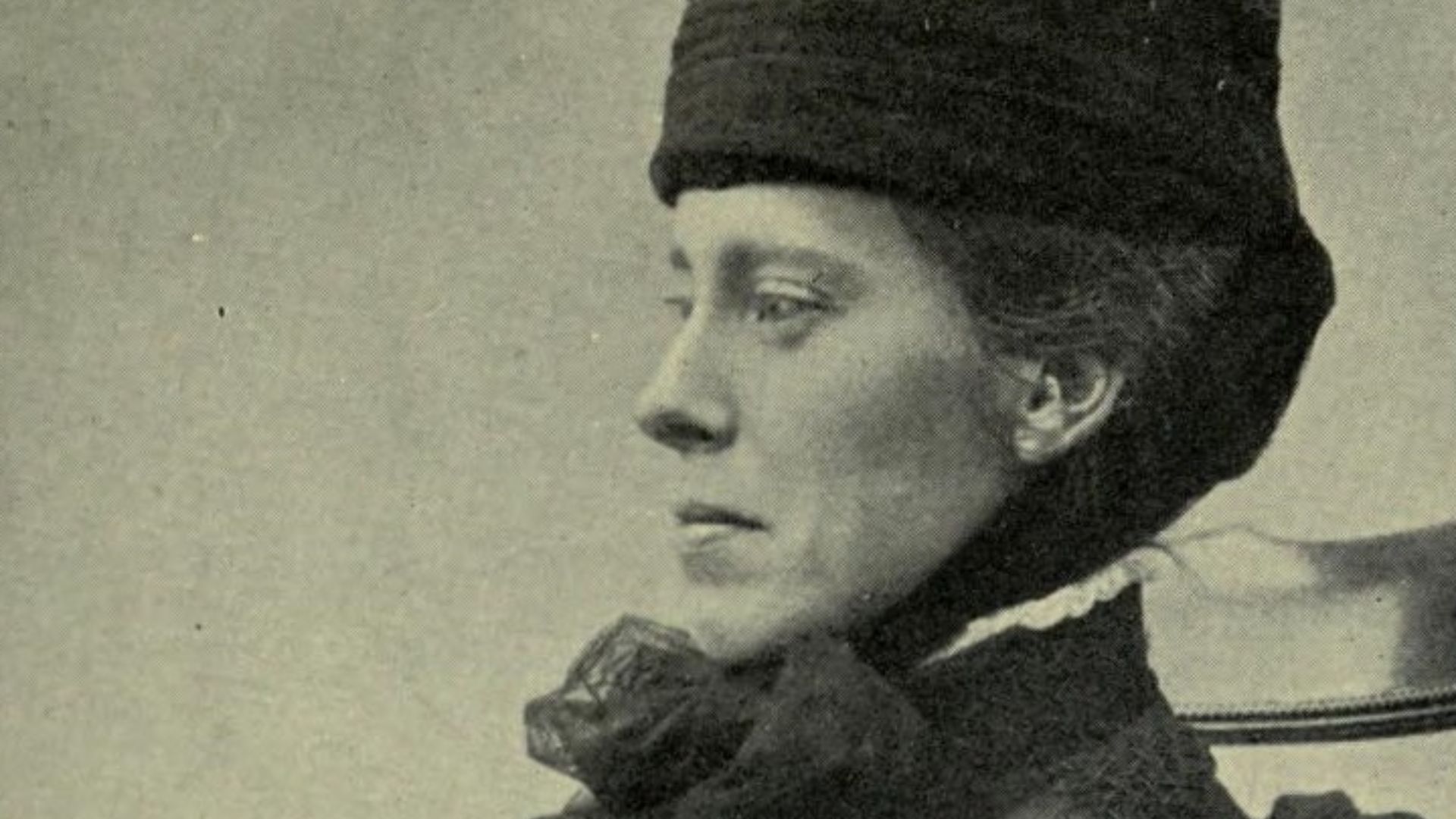 A. G. Dew-Smith, Wikimedia Commons
A. G. Dew-Smith, Wikimedia Commons
19. Plan Alternative Transit
The Ottoman Empire inadvertently pushed Europe towards the Age of Exploration. When Mehmed II took Constantinople in 1453, the Empire blocked European access to the sea. It especially blocked access to North Africa and the Red Sea, two very important trade routes to Asia. Thus, European powers looked to the west for alternative trade paths and scantly looked back.
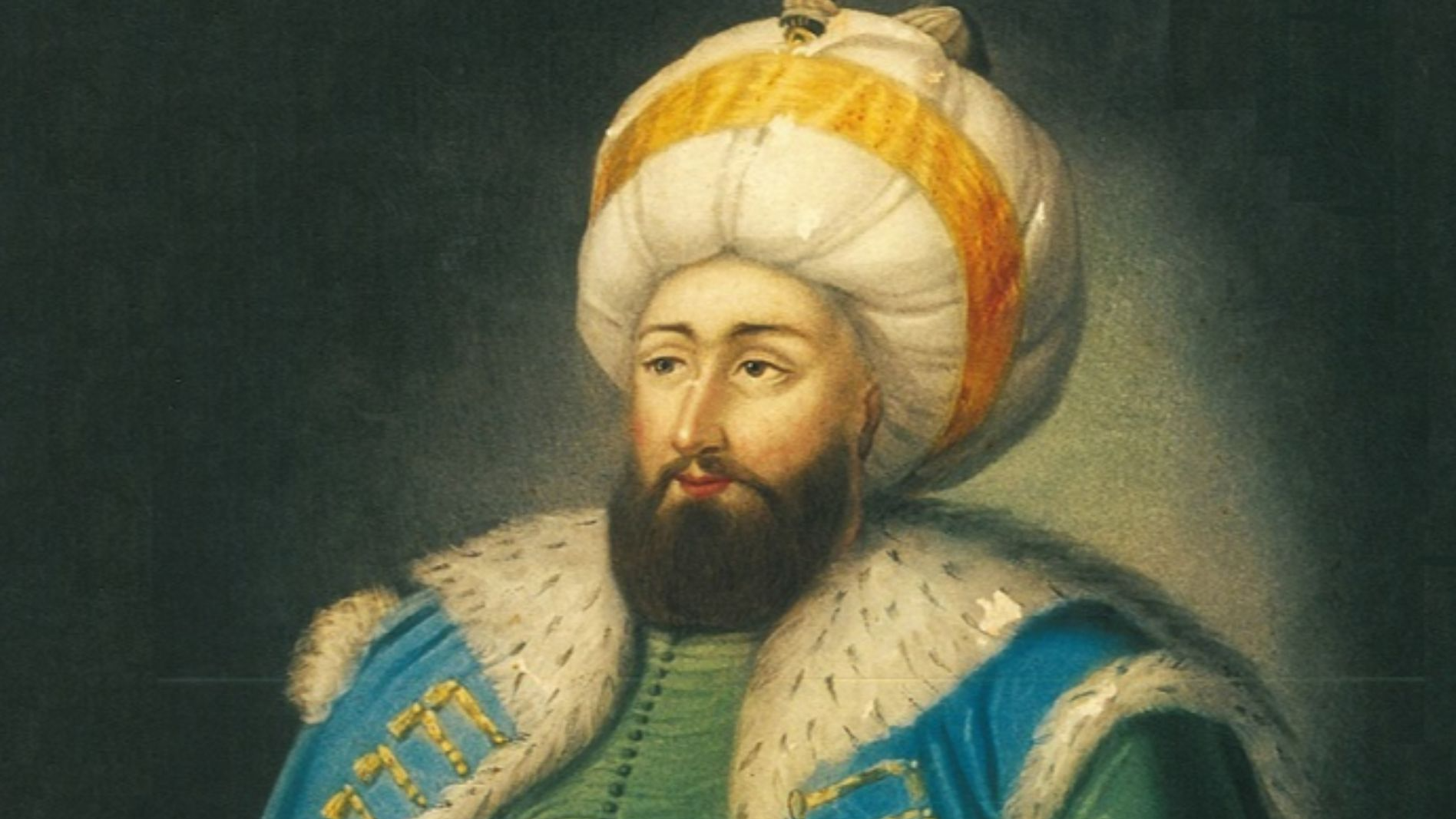 Konstantin Kapıdağlı, Wikimedia Commons
Konstantin Kapıdağlı, Wikimedia Commons
18. Halfies Keepsies
The 1494 Treaty of Tordesillas “officially” split the world in half between Spain and Portugal. It aimed at resolving conflicts over land settlements made by Christopher Columbus and other late 15th century explorers. The Pope (Spanish-born Alexander VI) set up a line of demarcation from pole to pole, 100 leagues (about 320 miles) west the of Cape Verde Islands. Spain had a “right” to all new discovered lands west of the line and Portuguese expeditions were to stay east.
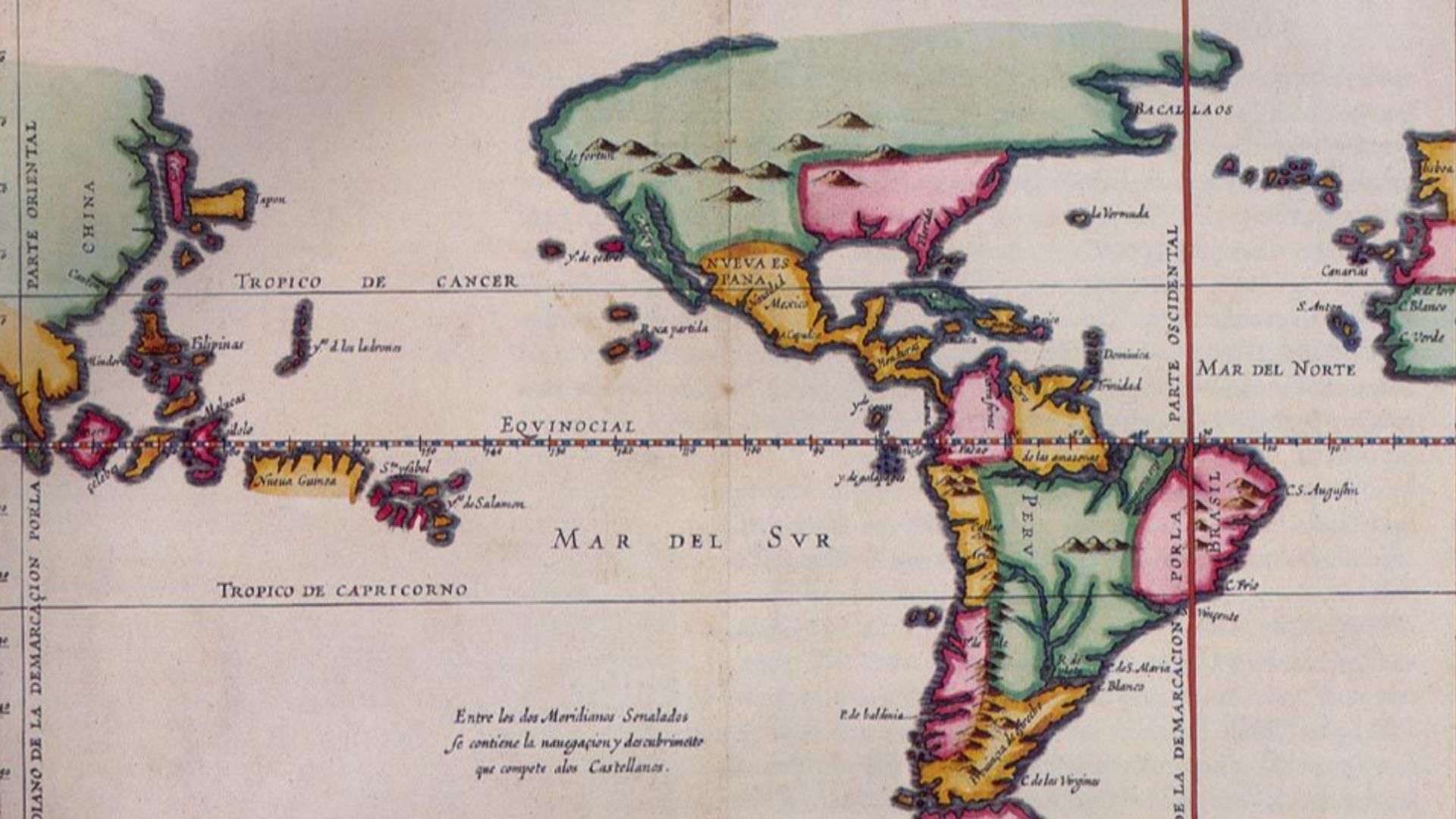 Map by Antonio de Herrera y Tordesillas, Wikimedia Commons
Map by Antonio de Herrera y Tordesillas, Wikimedia Commons
17. Big Little Lies
Ferdinand Magellan liked to spew tall tales about his encounters with a lumbering race of giants on the southern tip of South America. The tribe he encountered was actually an Indigenous people called the Tehuelche, who stood at an average of 5 ft. 11 inches. Nevertheless, the name he made up for them—the “Patagons”—stuck to the point where the area is still called Patagonia to this day.
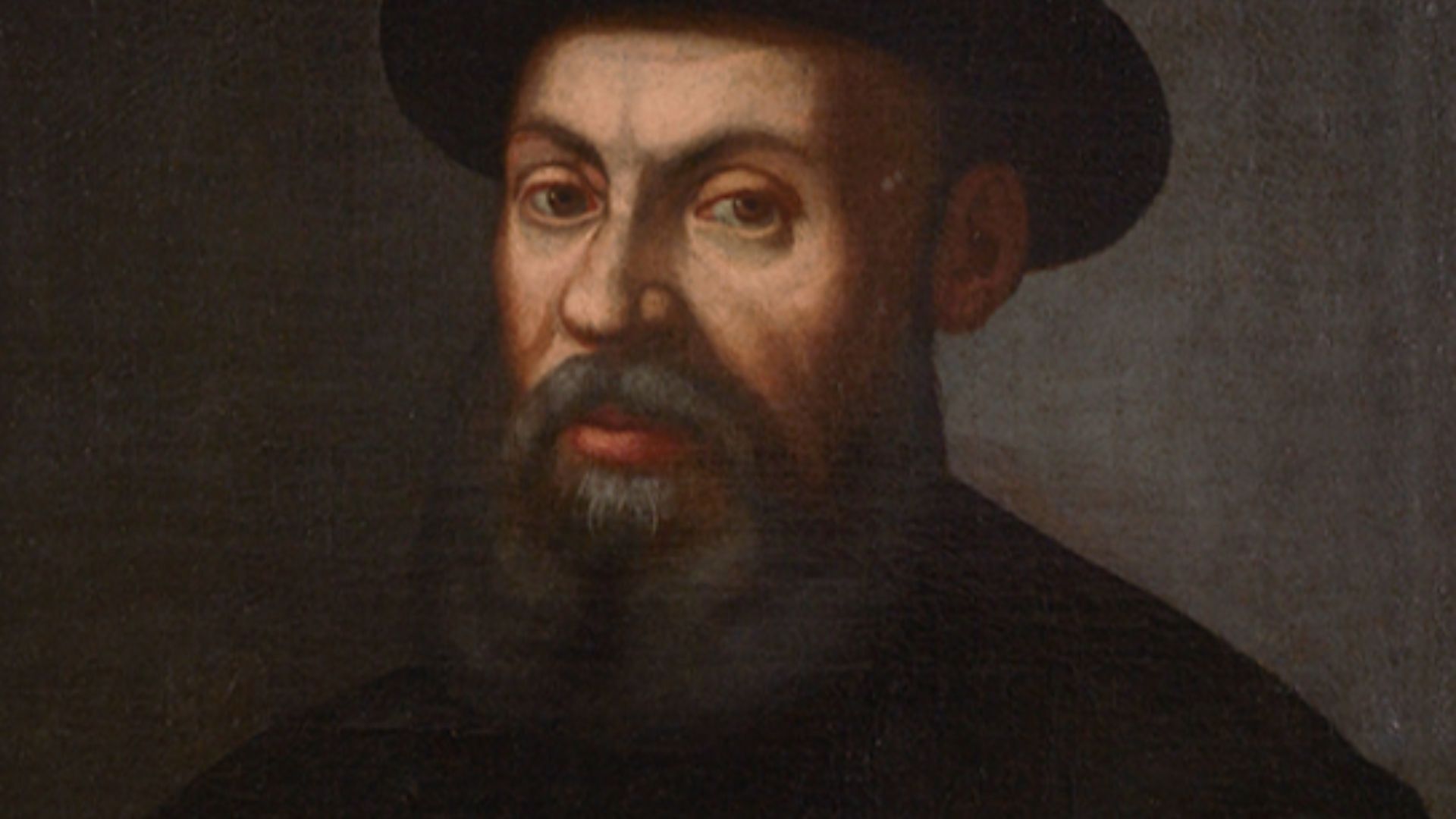 Unknown authorUnknown author, Wikimedia Commons
Unknown authorUnknown author, Wikimedia Commons
16. Sci-Fi Fibs
Sir Francis Raleigh made up a race of headless Indigenous American people with “eyes in their shoulders, and their mouths in the middle of their breasts” that had “a long train of hair growth backward between their shoulders.” They also lived in a city of gold… which is why England should totally fund his voyage to the Americas, so we can find them (to paraphrase Raleigh).
15. You’ll Just Have to Believe Him
By now, many history fans will know that John Smith invented much of his tales about Pocahontas and the founding of Jamestown. We just hope you appreciate by how much he completely made the whole thing up. In his version, Pocahontas was a supermodel hot woman who threw her life on the line to save him from savages. Of course, he didn’t write these stories in any detail until 20 years after Pocahontas was dead and no longer there to corroborate his hogwash.
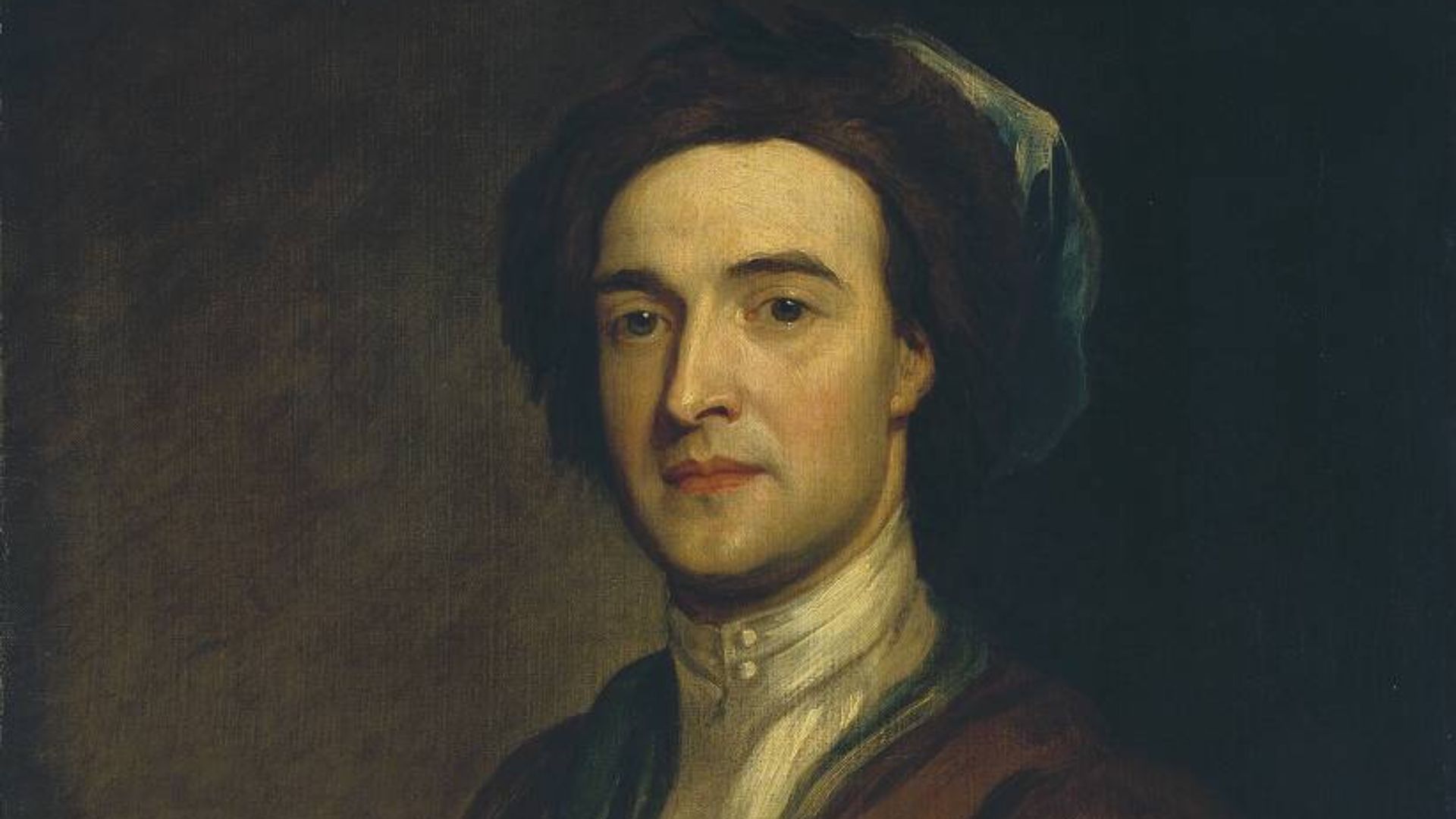 Godfrey Kneller, Wikimedia Commons
Godfrey Kneller, Wikimedia Commons
14. You Really Should Have Been There!
Marco Polo boasted that he played a key role in Chinese battles. Unfortunately for him (but fortunately for us), China kept records of its own history. From these records, we know that Polo claimed to be in a battle that ended one or two years before he said he arrived. Upon broader examination, people have had difficulty placing Polo in China at all!
13. The Original Hunger Games
In the early 1500s, Álvar Núñez Cabeza de Vaca set out with 600 men to help him conquer Florida for Spain. 100 men deserted the expedition by the time they reached the Gulf Coast—which was not a bad idea, because a hurricane destroyed most of the expedition's supplies almost immediately and they were forced to completely live off the land (and with the charity of local tribes). The men wandered around the Southern United States and Mexico for ten years until they finally reconnected with the Spanish, not a doubloon richer, and with only four men left alive.
12. Binge Fest
Ernest Giles was one of the first people to help colonize Australia, and it nearly killed him! He went on four expeditions in four years, each one almost resulting in his death. At one point, he was forced to walk—starving—through the desert for eight days, before coming across a baby wallaby… which he promptly pounced upon and devoured, fur, skin, bones and all. Yummy!
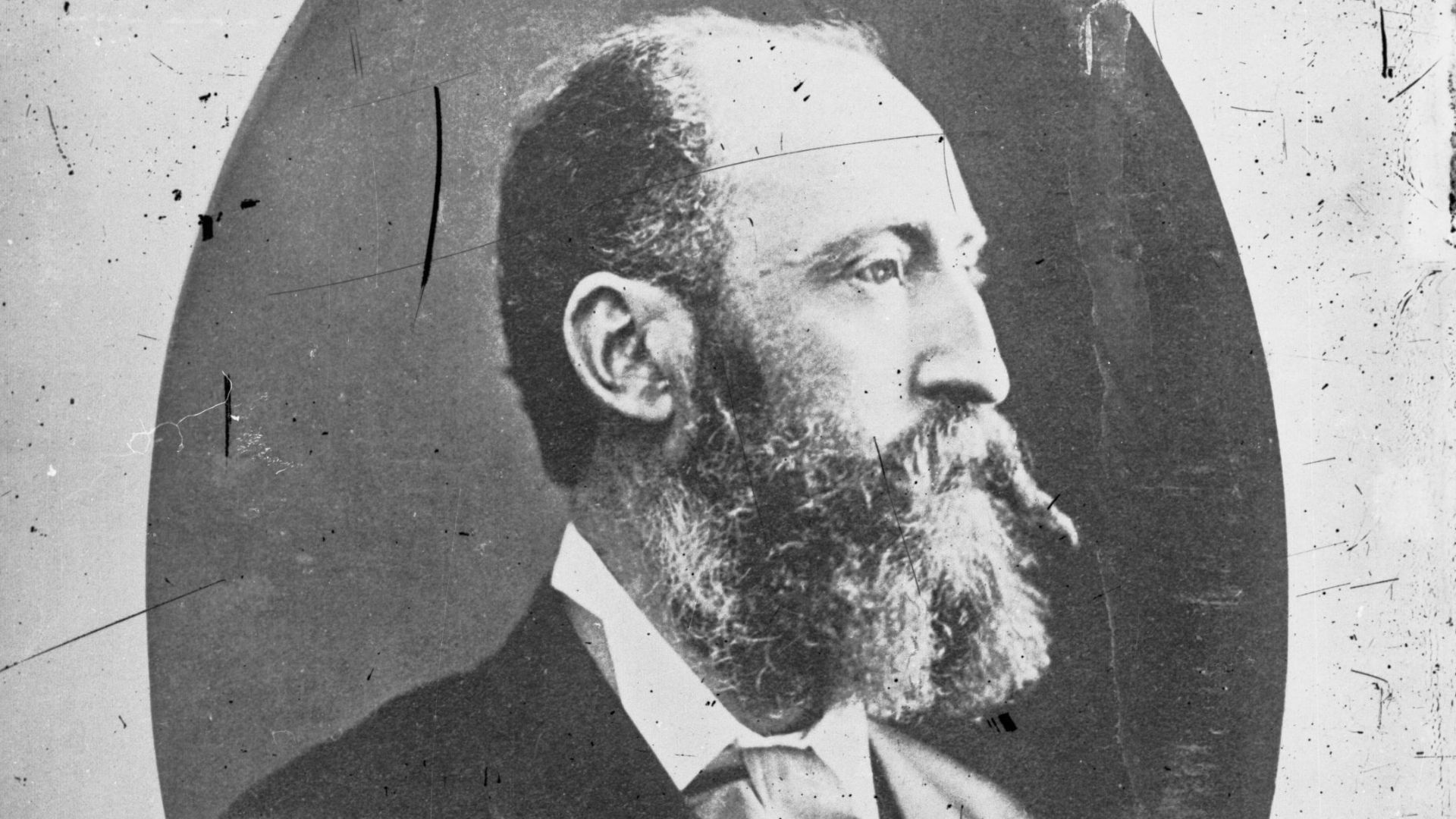 State Government Photographer, Wikimedia Commons
State Government Photographer, Wikimedia Commons
11. The Crash Diet
You think you under-packed for a long trip? Ferdinand Magellan vastly underestimated the size of the Pacific Ocean and, therefore, the number of rations to take. He was so low on food and water that his crew resorted to eating maggot-infested crumbs, yellow water (yes, that’s what it sounds like), and ripping leather from their own ship to cook. After that, it was a course of sawdust and any diseased rats they could catch. You know what they say the best part of traveling is: the food!
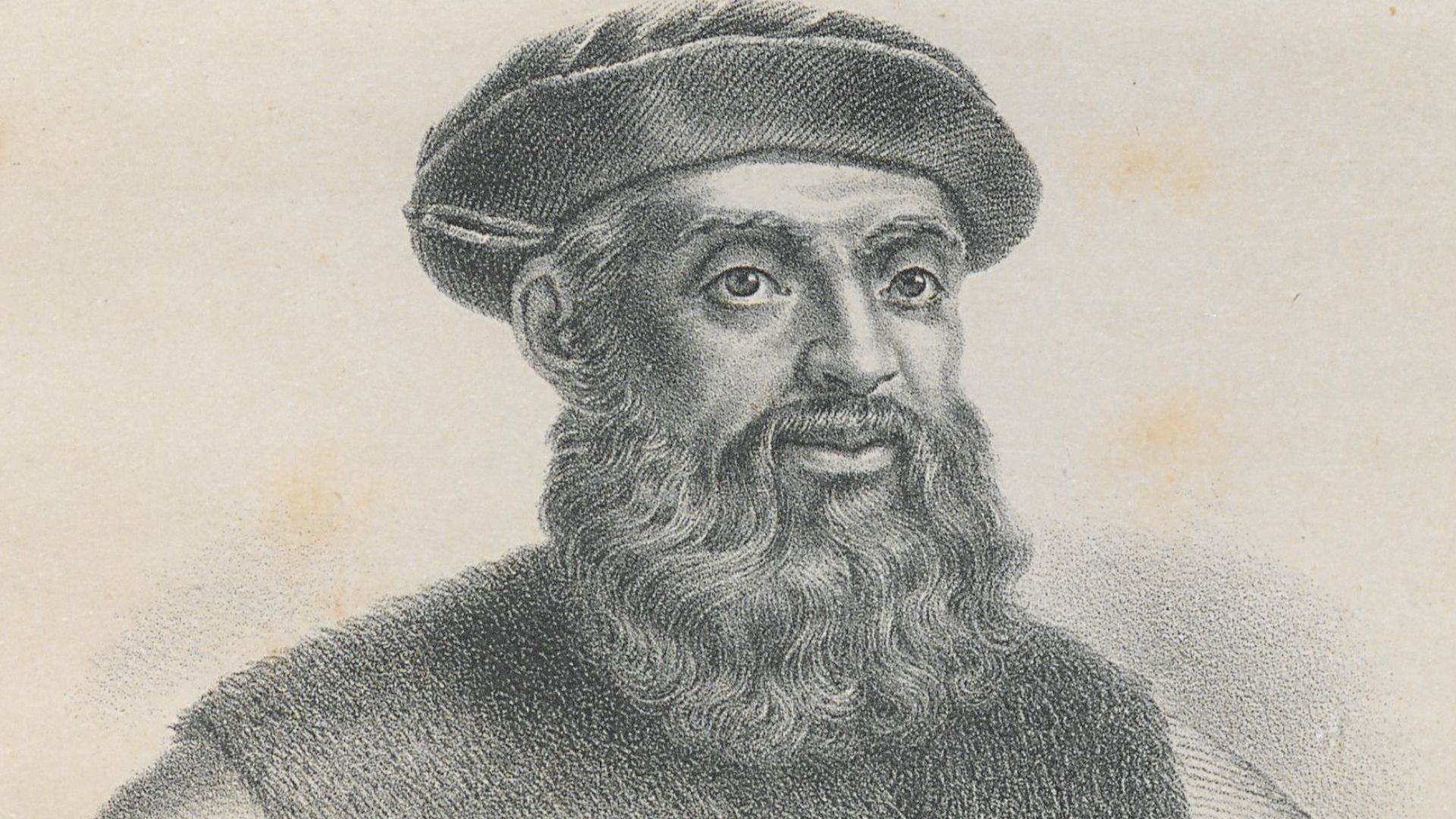 Biblioteca Rector Machado y Nuñez, Wikimedia Commons
Biblioteca Rector Machado y Nuñez, Wikimedia Commons
10. A Stab at Success
In 1521, Ferdinand Magellan’s globetrotting career came to an end. Or rather, the end of a native warrior’s spear brought Magellan’s life to a close at the Battle of Mactan. Magellan’s crew had crashed on the Philippines when about 1,000 natives set upon his pack of deeply malnourished sailors. At such a point, the term “battle” becomes an optimistic description of their odds.
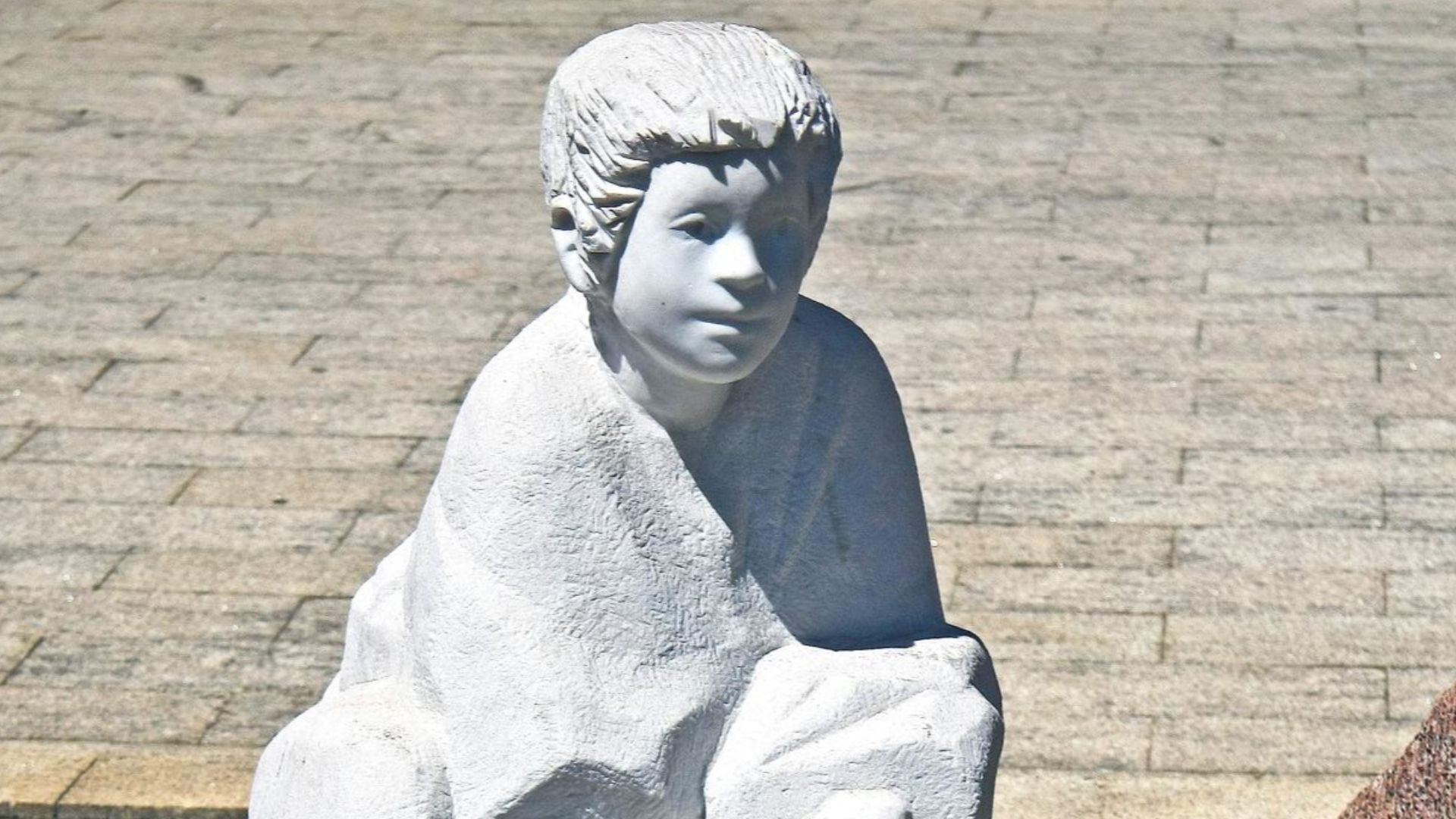 Vitor Oliveira from Torres Vedras, PORTUGAL, Wikimedia Commons
Vitor Oliveira from Torres Vedras, PORTUGAL, Wikimedia Commons
9. Bros Who Ride Together, (Probably) Die Together
The Vivaldi brothers—Vandino and Ugolino—of Genoa were connected to one of the first known expeditions in search of an alternate way from Europe to India. In 1291, the brothers set sail and were never seen or heard from again.
8. Prototypical Doohickeys
Although the Ancient Chinese and Greeks had been using compasses since at least 500 BC, the first recorded use of a compass in Europe was much later. An English monk named Alexander Neckham (1157-1217) had the honor of being Europe’s first compass user. These early compasses consisted of a magnetic needle floating in water on a piece of cork or straw, and pointed south, not north!
7. Will Navigate for $$$
The monarchs of Europe offered vast sums to whoever could solve the “longitude problem,” AKA how to calculate longitude at sea. King Phillip II of Spain offered 10,000 ducats for a solution, whereas later King Louis XIV of France offered 100,000 florins. In today’s money, that’s millions of dollars.
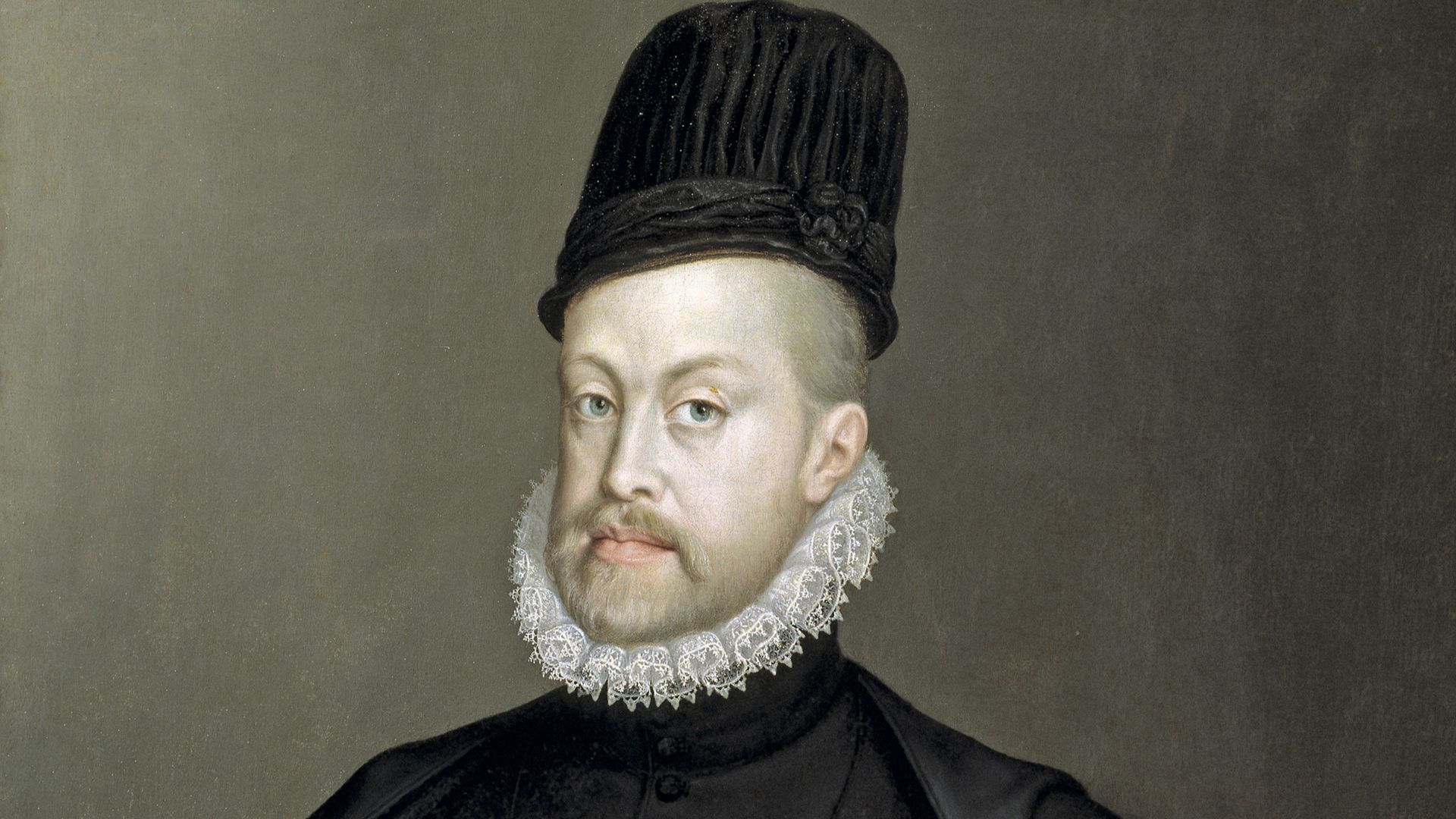 Sofonisba Anguissola, Wikimedia Commons
Sofonisba Anguissola, Wikimedia Commons
6. Countdown to Pay Day
The problem was finally solved by 18th century British clockmaker John Harrison. He developed a waterproof, motion-proof clock that could accurately keep Greenwich time over several months. At first, the Board which administered the prize refused to award Harrison the 20,000 pounds because his clock had small flaws, and scientists dubbed his scheme as too simple-minded to work. King George III finally had to intervene and grant Harrison his money.
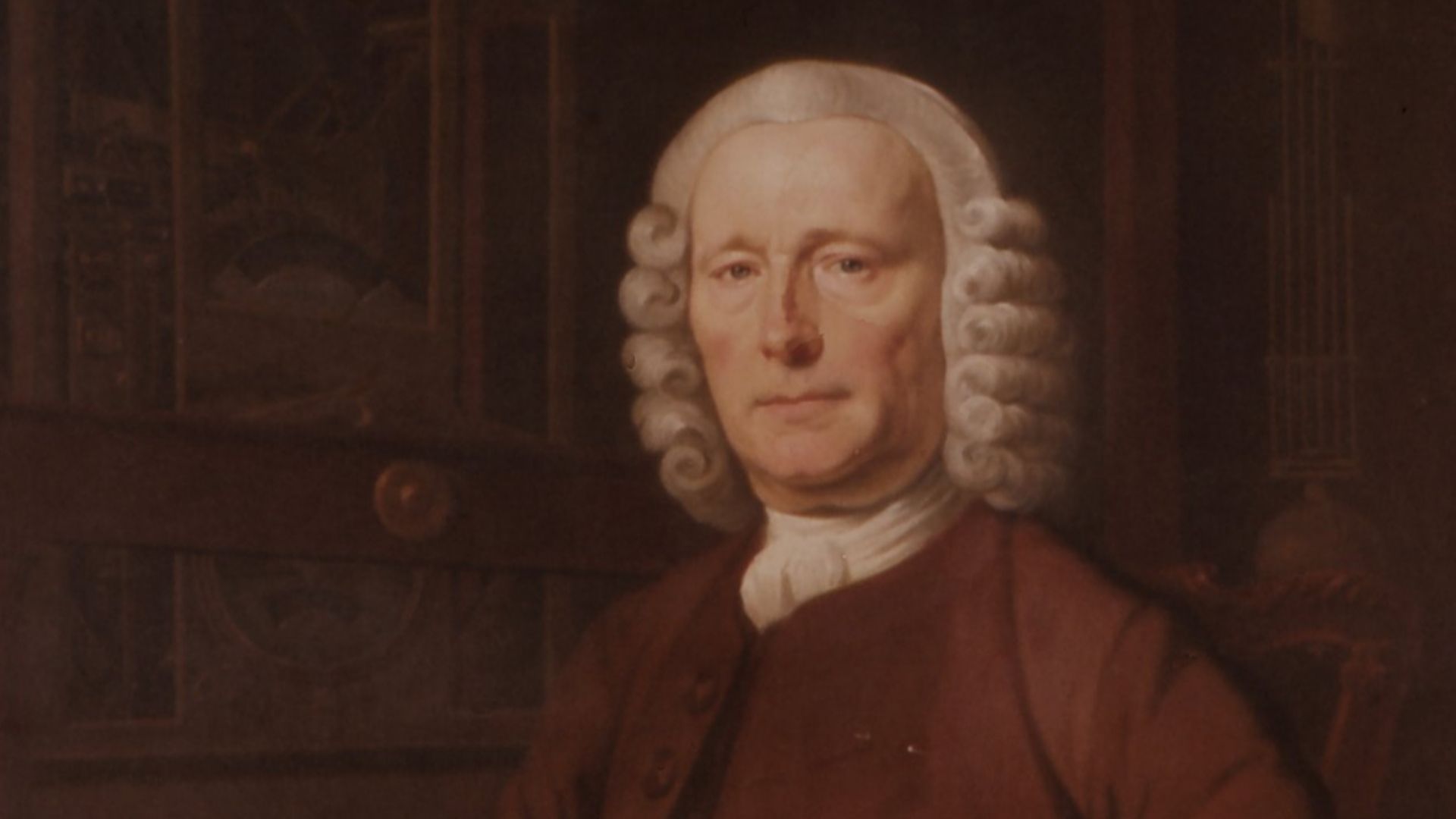 Thomas King († circa 1796date QS:P,+1796-00-00T00:00:00Z/9,P1480,Q5727902), Wikimedia Commons
Thomas King († circa 1796date QS:P,+1796-00-00T00:00:00Z/9,P1480,Q5727902), Wikimedia Commons
5. Sailor Moon
In 1504, Christopher Columbus found himself stranded in Jamaica. Knowing that a lunar eclipse was approaching, Columbus demanded that locals take care of him and his crew, or else the moon would disappear! Lo and behold, the moon did disappear soon after, effectively intimidating the local tribesmen and convincing them to help him.
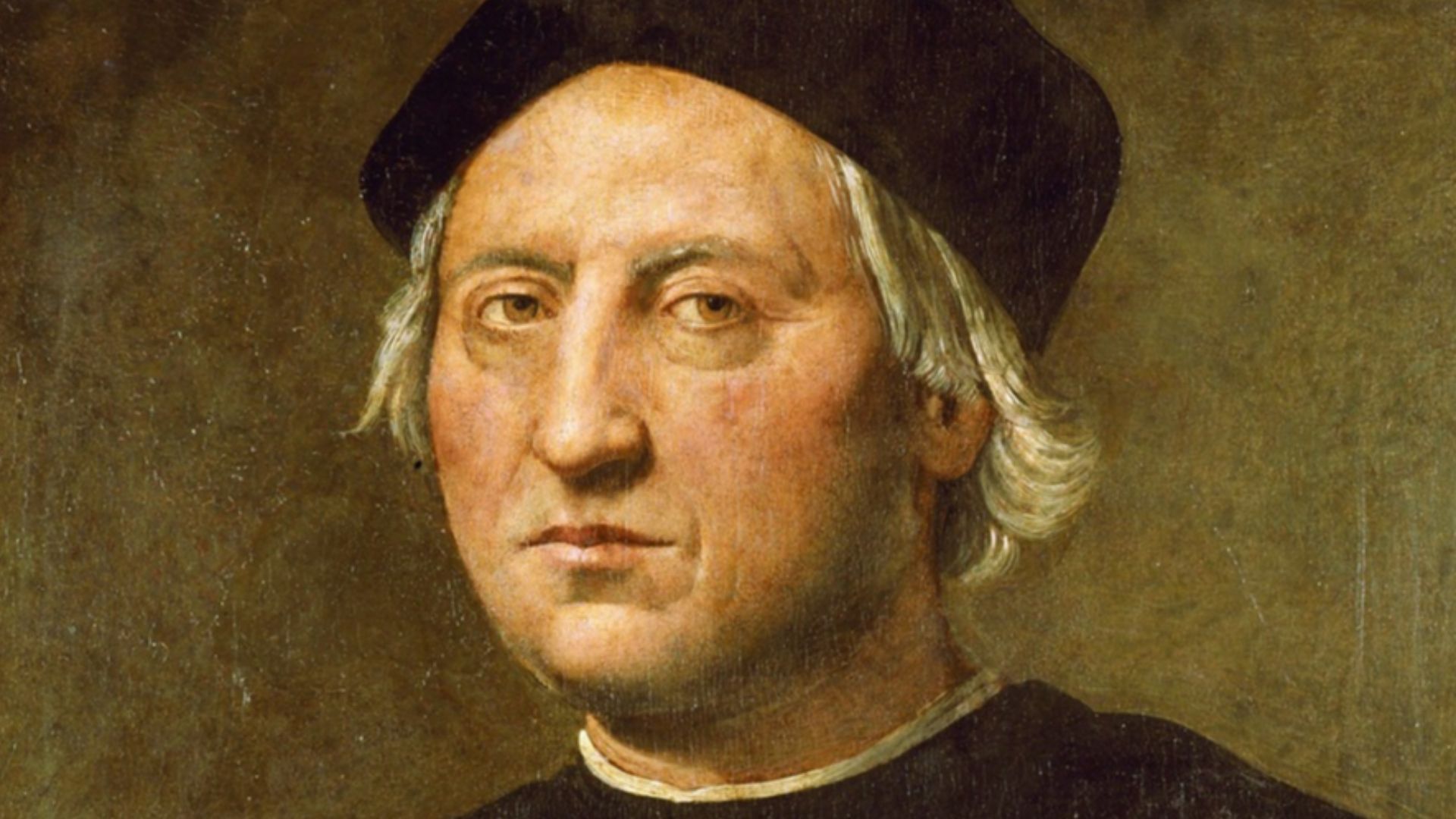 Ridolfo del Ghirlandaio, Wikimedia Commons
Ridolfo del Ghirlandaio, Wikimedia Commons
4. Ancient Delicacy
Guests of the 1951 Explorer’s Club annual dinner were served a 250,000-year-old piece of wooly mammoth meat that had been preserved in ice in the Aleutian Islands. Bon Appetit!
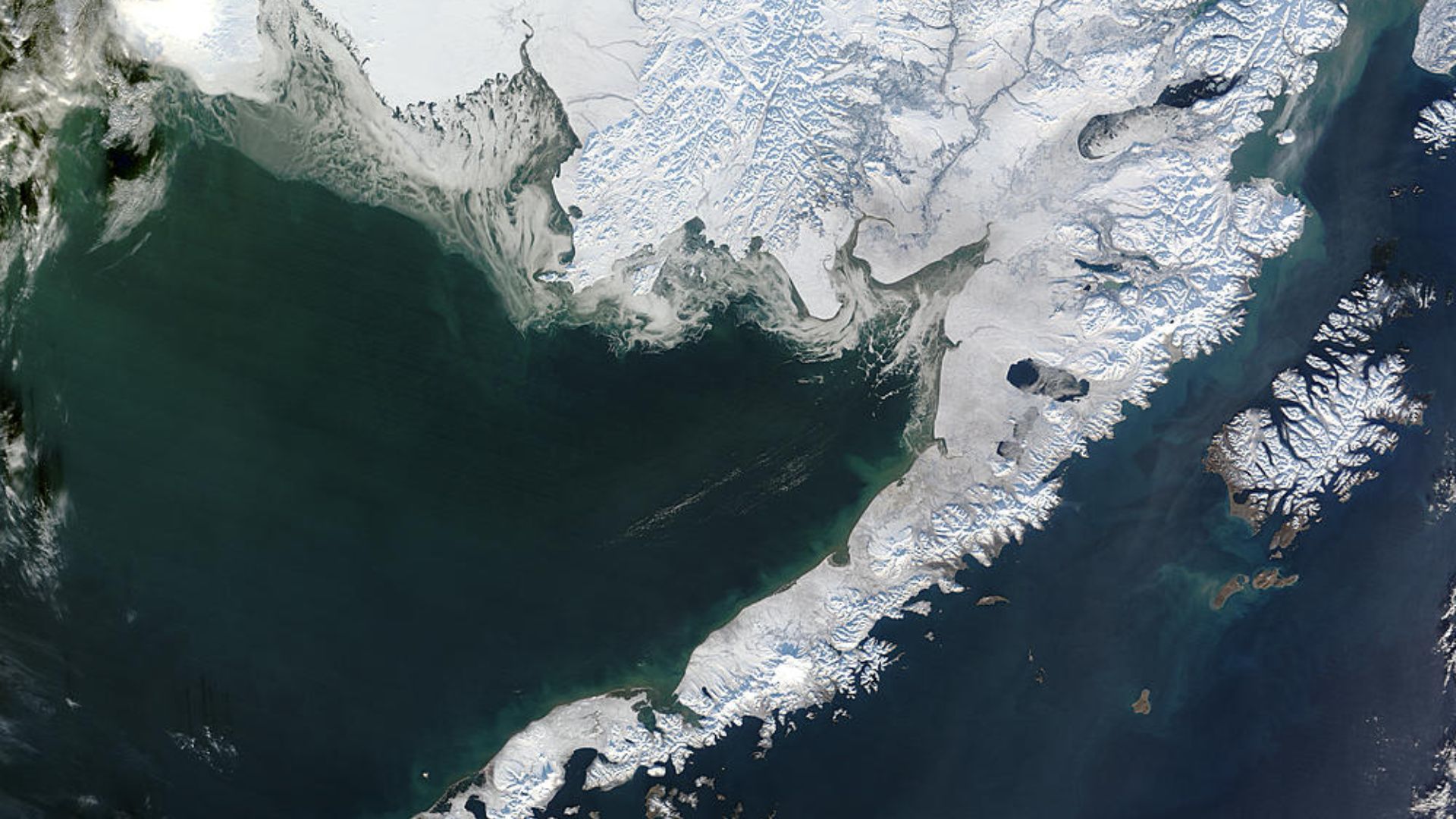 Christophe cage, Wikimedia Commons
Christophe cage, Wikimedia Commons
3. Peer Review or Prude Review?
In 1911, the British explorer George Murray Levick observed something strange among the penguin communities of Antarctica. The penguins were seen doing the deed with unalive partners. Back in England, he produced a paper on his findings titled Natural History of the Adélie Penguin. However, his sections on their physical antics were deemed too tawdry for British sensibilities, and were not officially published until 2012.
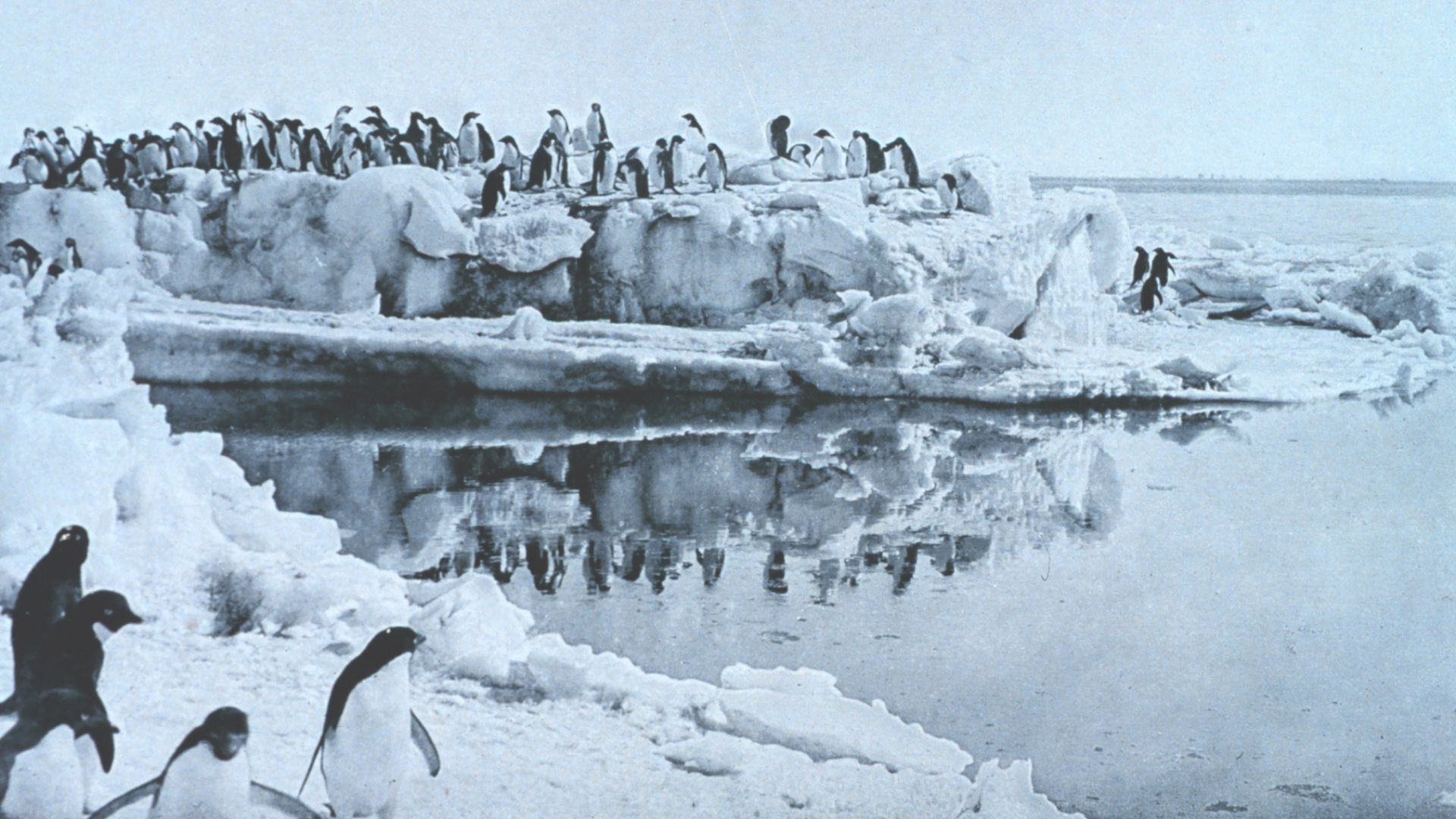 George Murray Levick, Wikimedia Commons
George Murray Levick, Wikimedia Commons
2. Icy Sacrifice
In the middle of his 1912 expedition, Antarctic explorer Captain Lawrence “Titus” Oates came down with gangrene and frostbite. Knowing that his ill-health could compromise the lives of his crew, Oates instead chose his own certain death. He walked away into the cold, never to return, and his body has never been found.
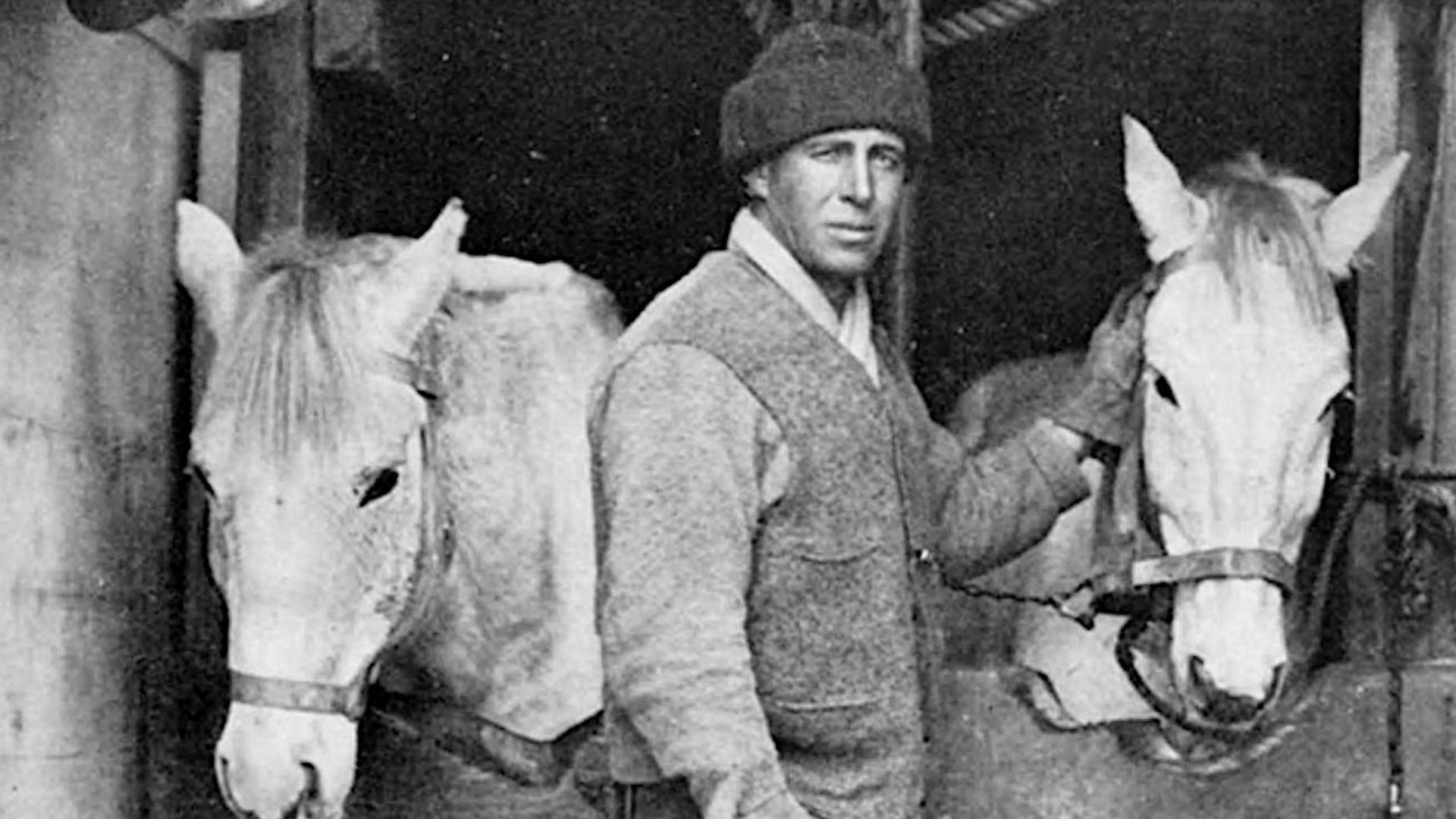 Herbert Ponting, Wikimedia Commons
Herbert Ponting, Wikimedia Commons
1. No Inspiration Without Defecation
Peter Freuchen was a 1950s Danish explorer and a handyman with his own waste. Once trapped in an avalanche, Freuchen freed himself with a dagger made from his own hardened feces.
You May Also Like:
The Arctic Explorer Who Survived The Impossible
Forget Columbus—This Man Was The First European To Reach North America
Explorer Robert Scott’s Diaries Reveal His Tragic Fate
Sources: 1, 2, 3, 4, 5, 6, 7, 8, 9, 10, 11, 12, 13, 14, 15, 16, 17, 18, 19, 20, 21, 22, 23, 24, 25, 26, 27, 28

